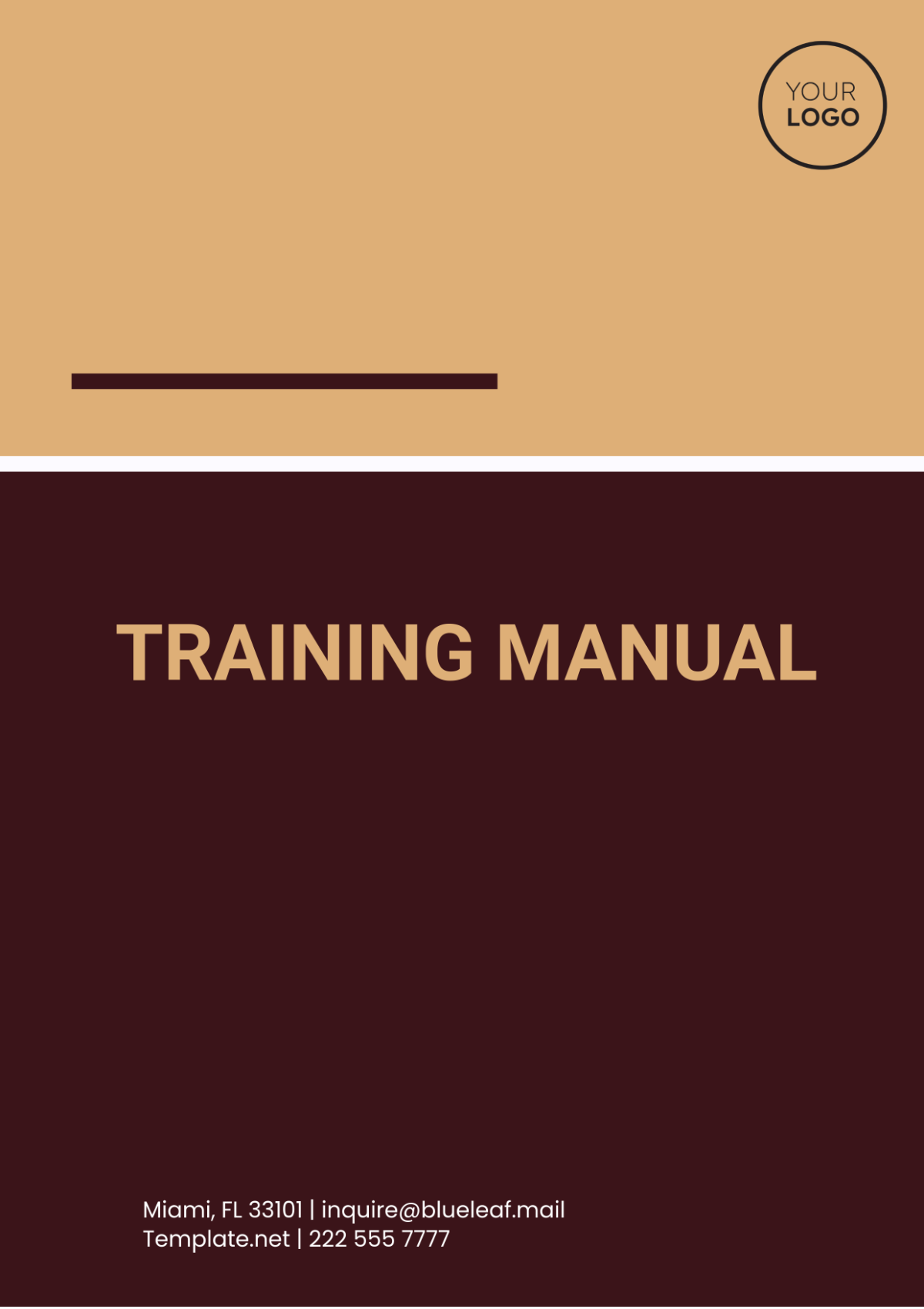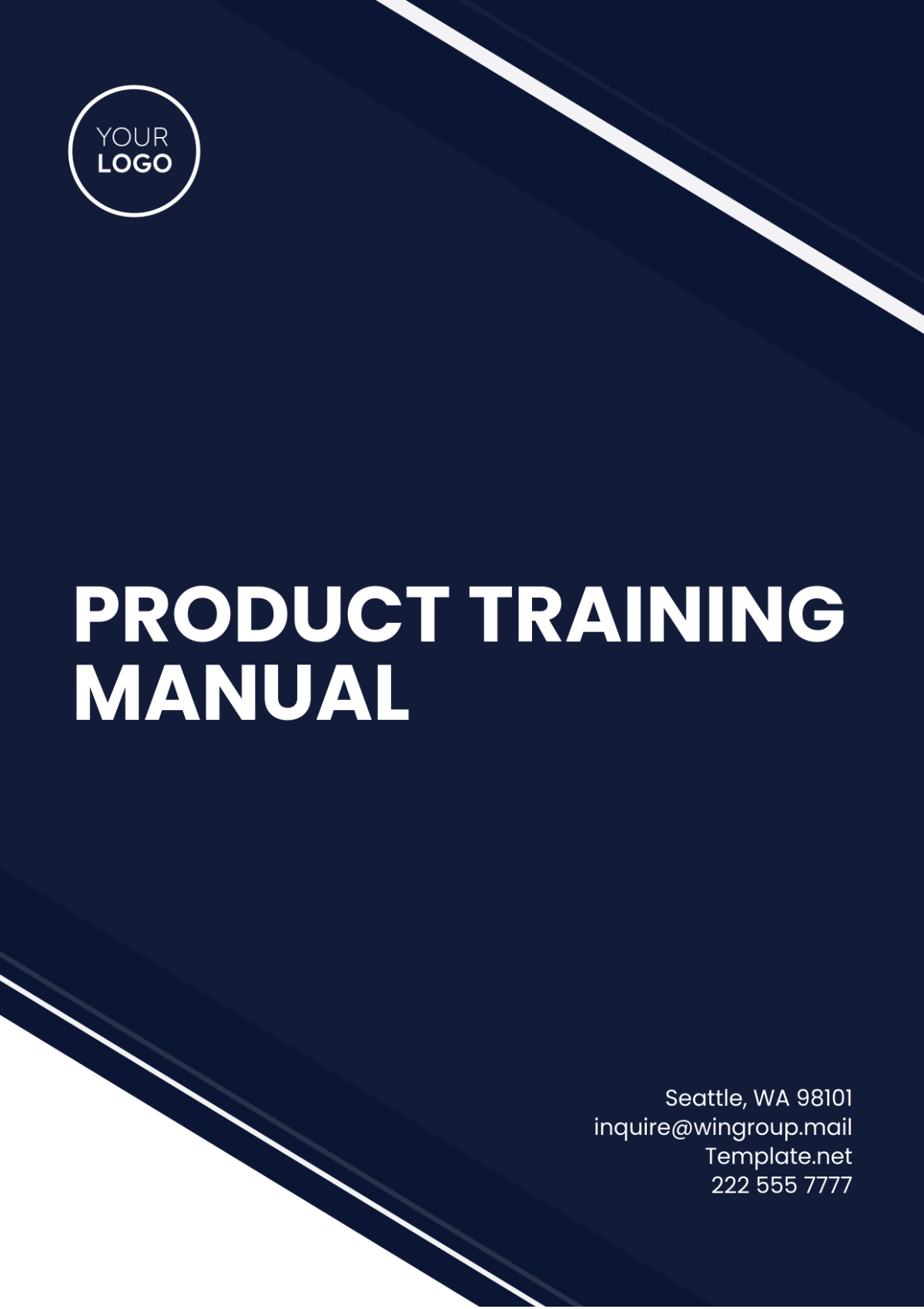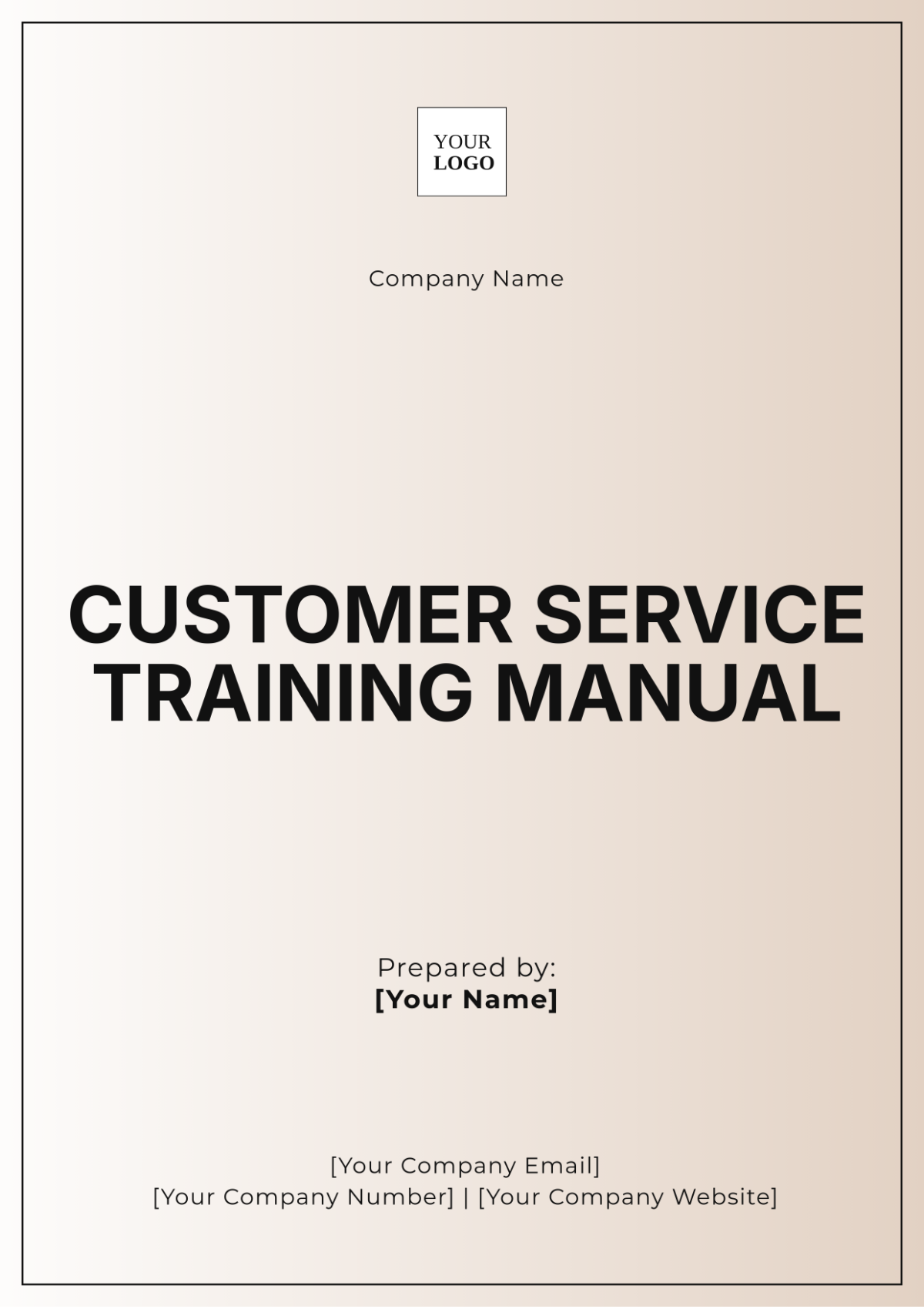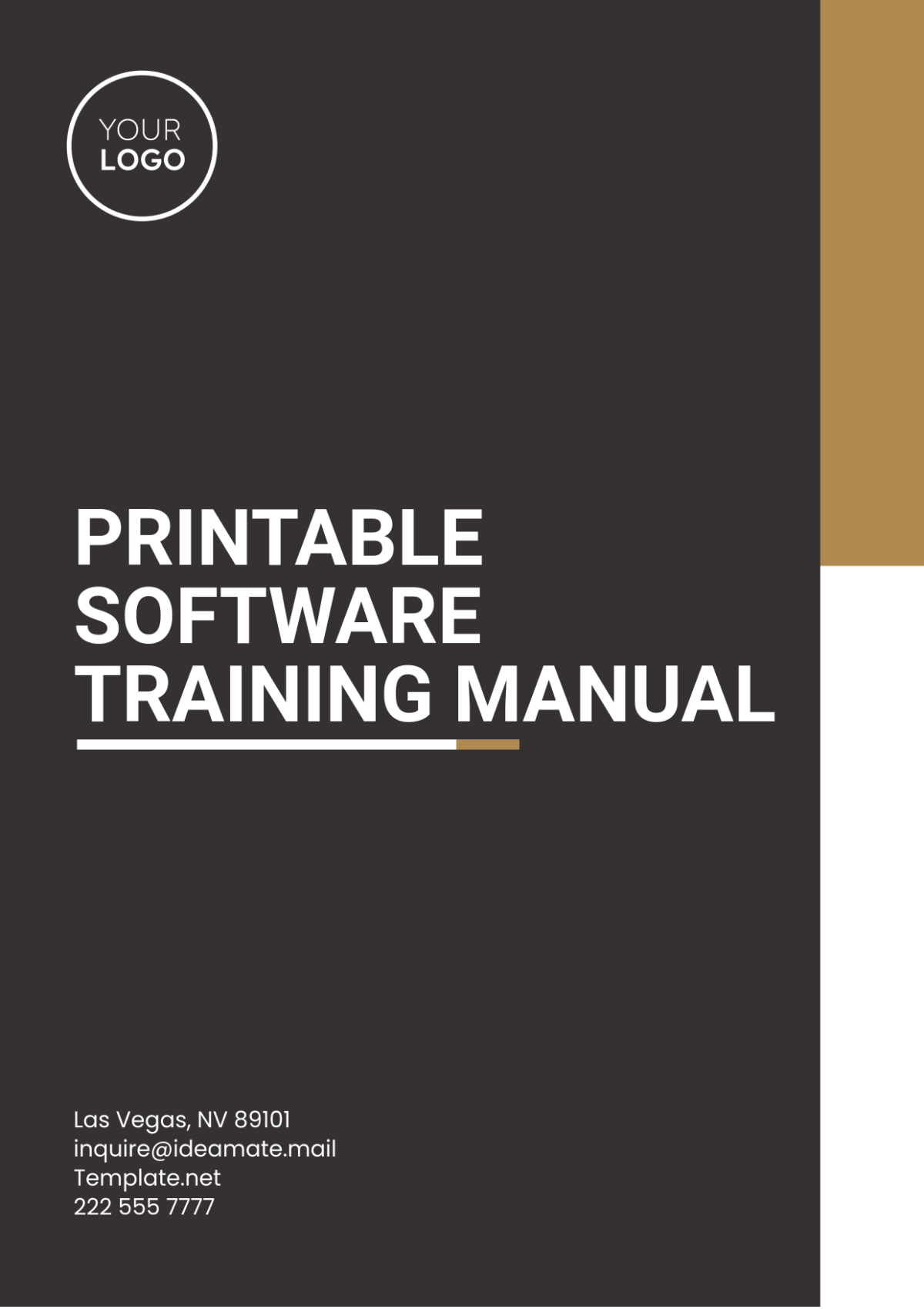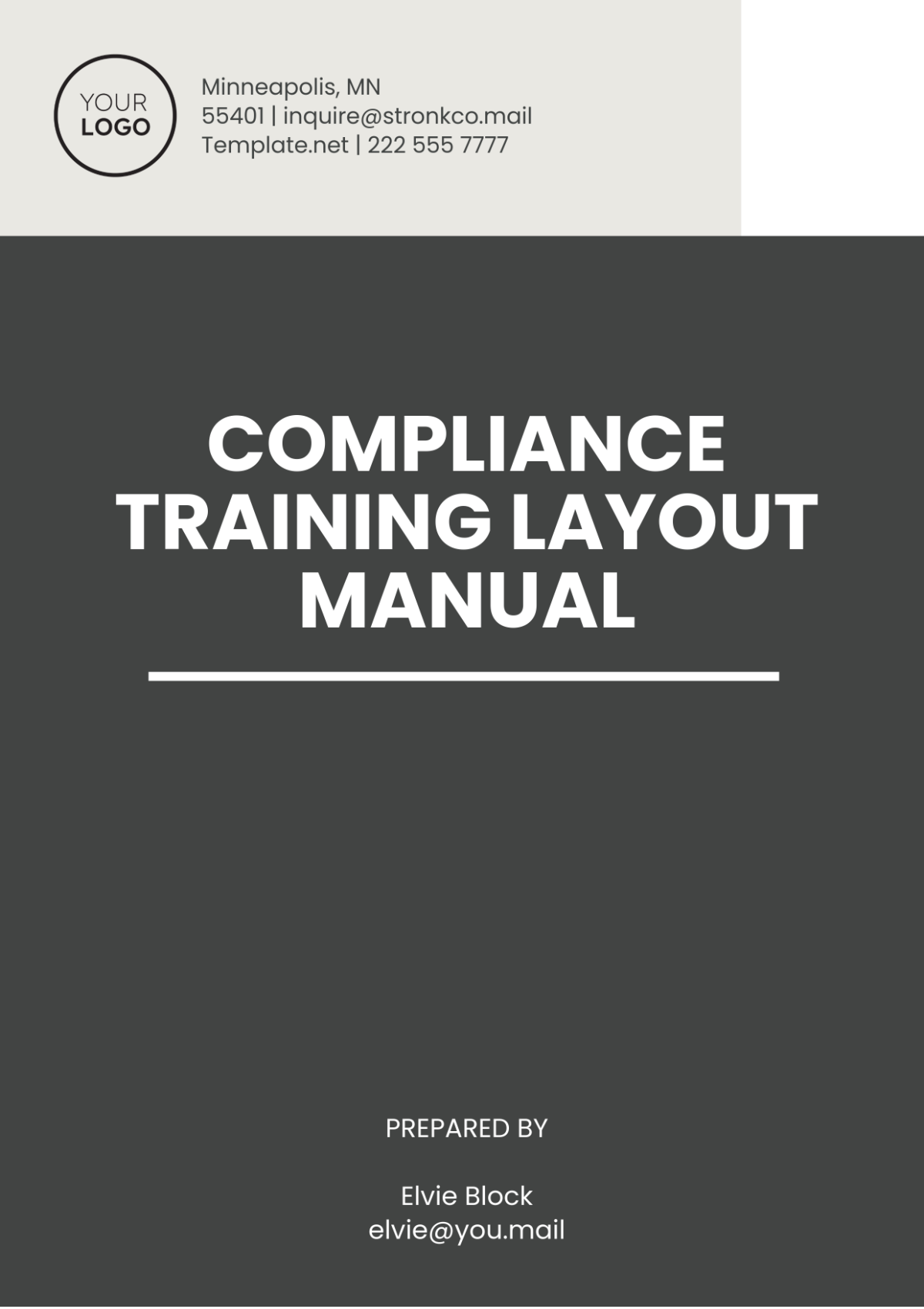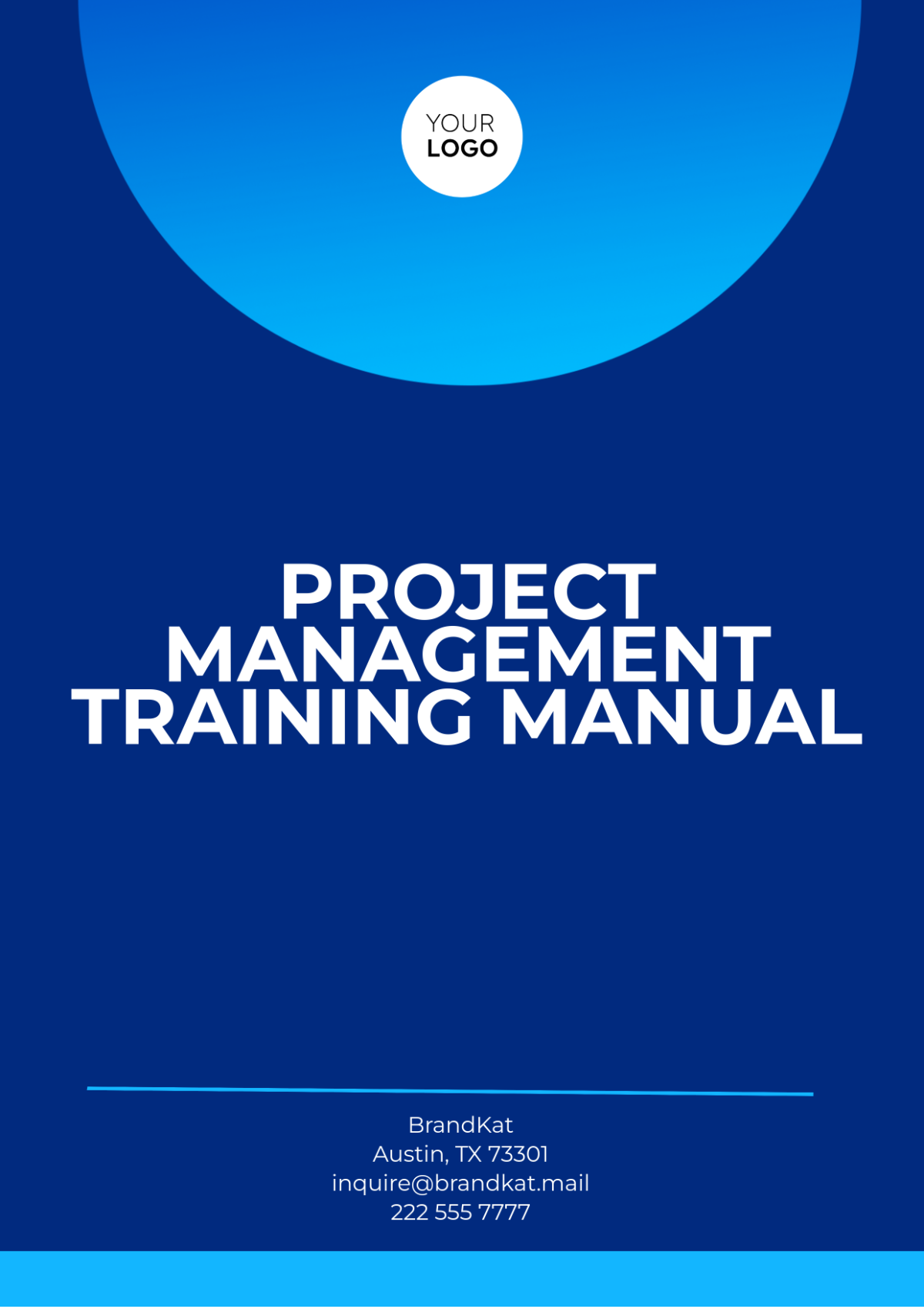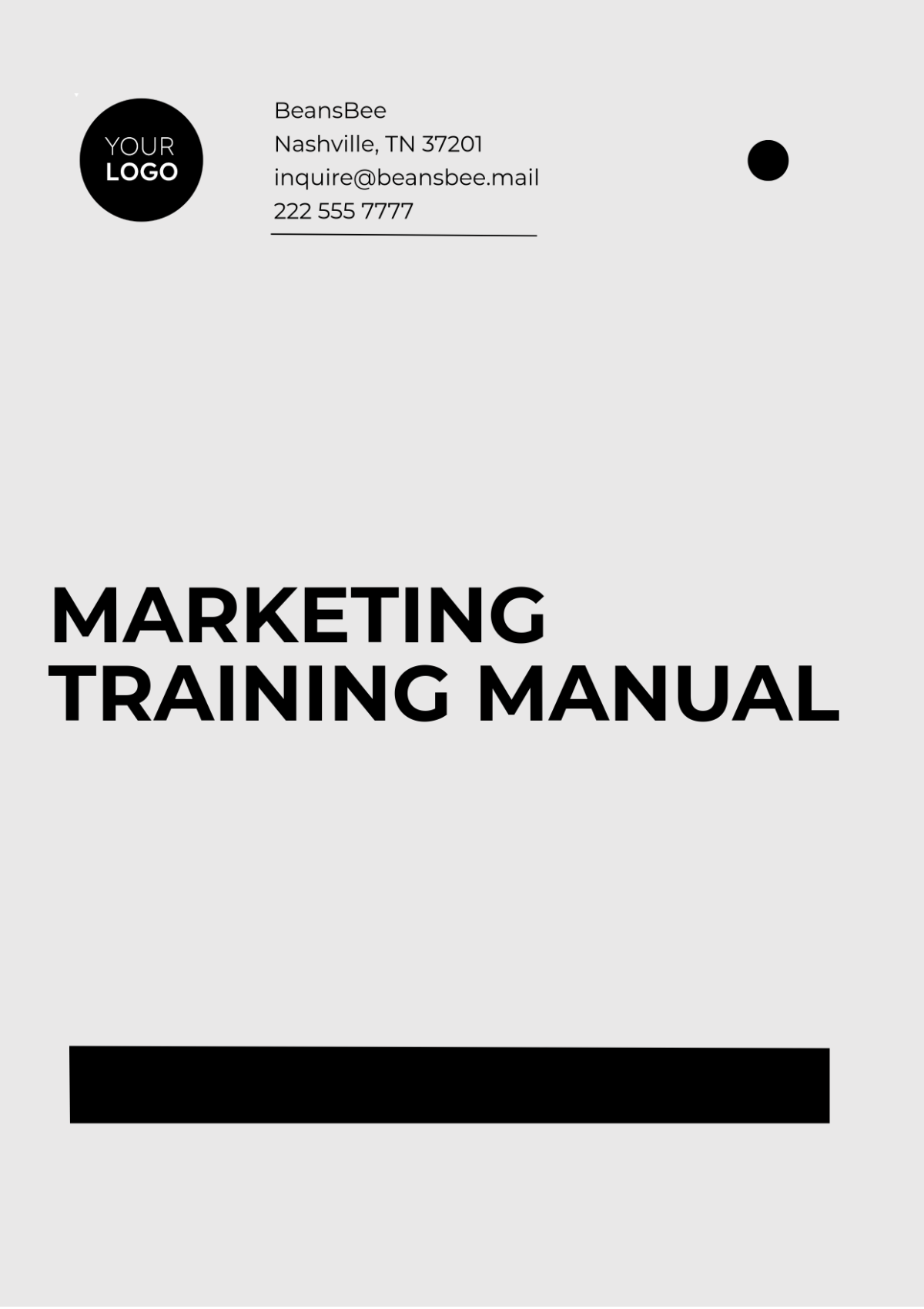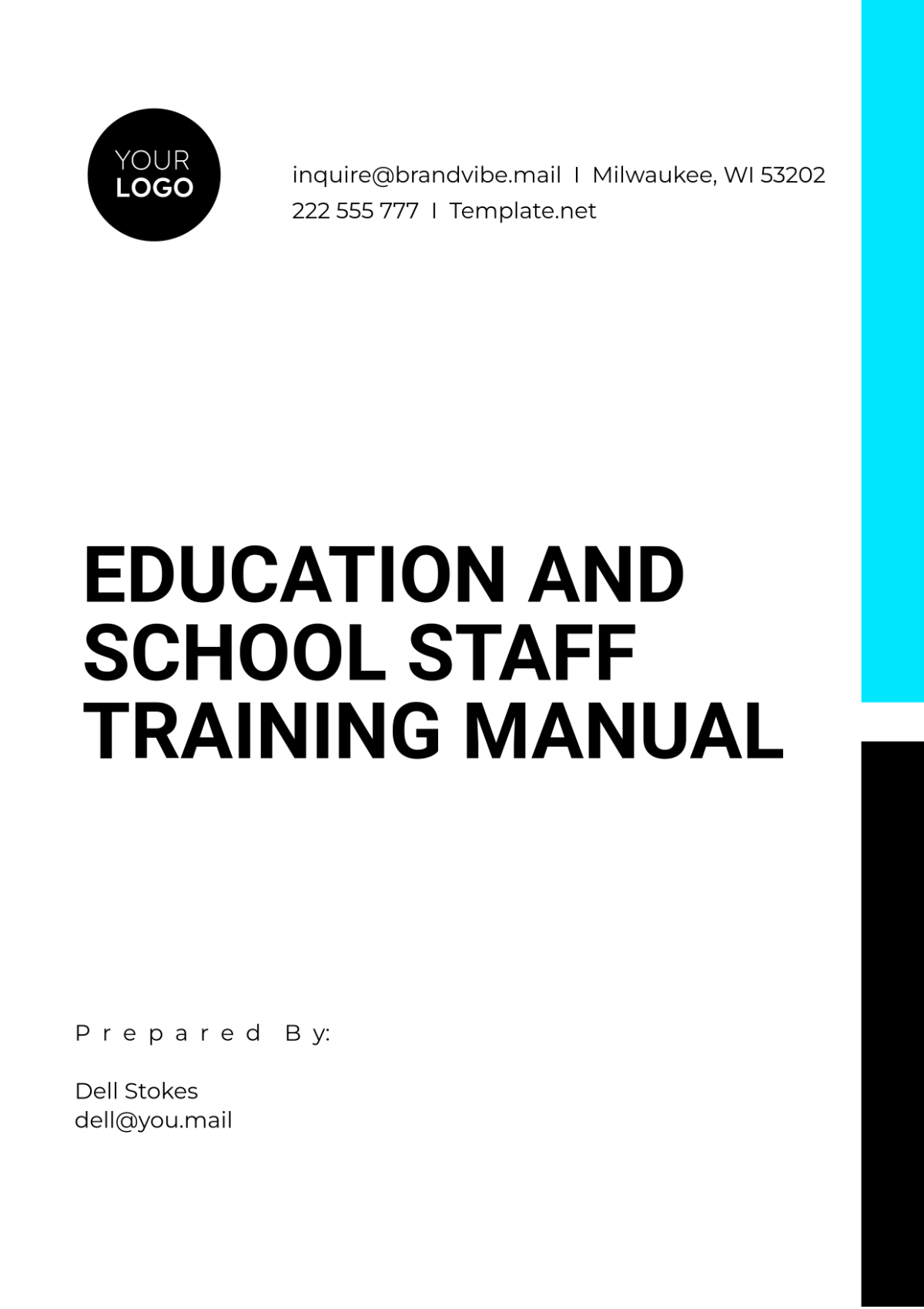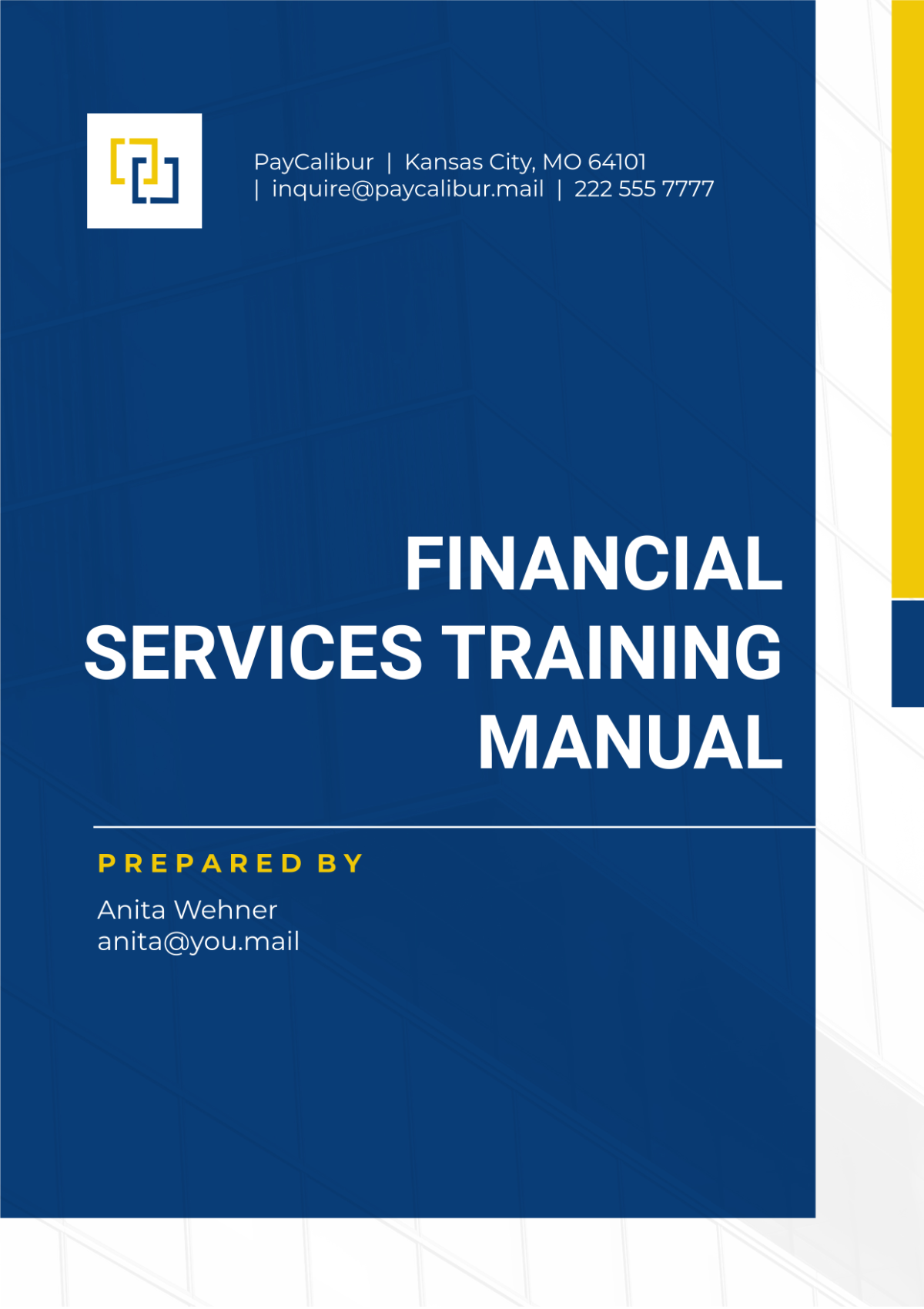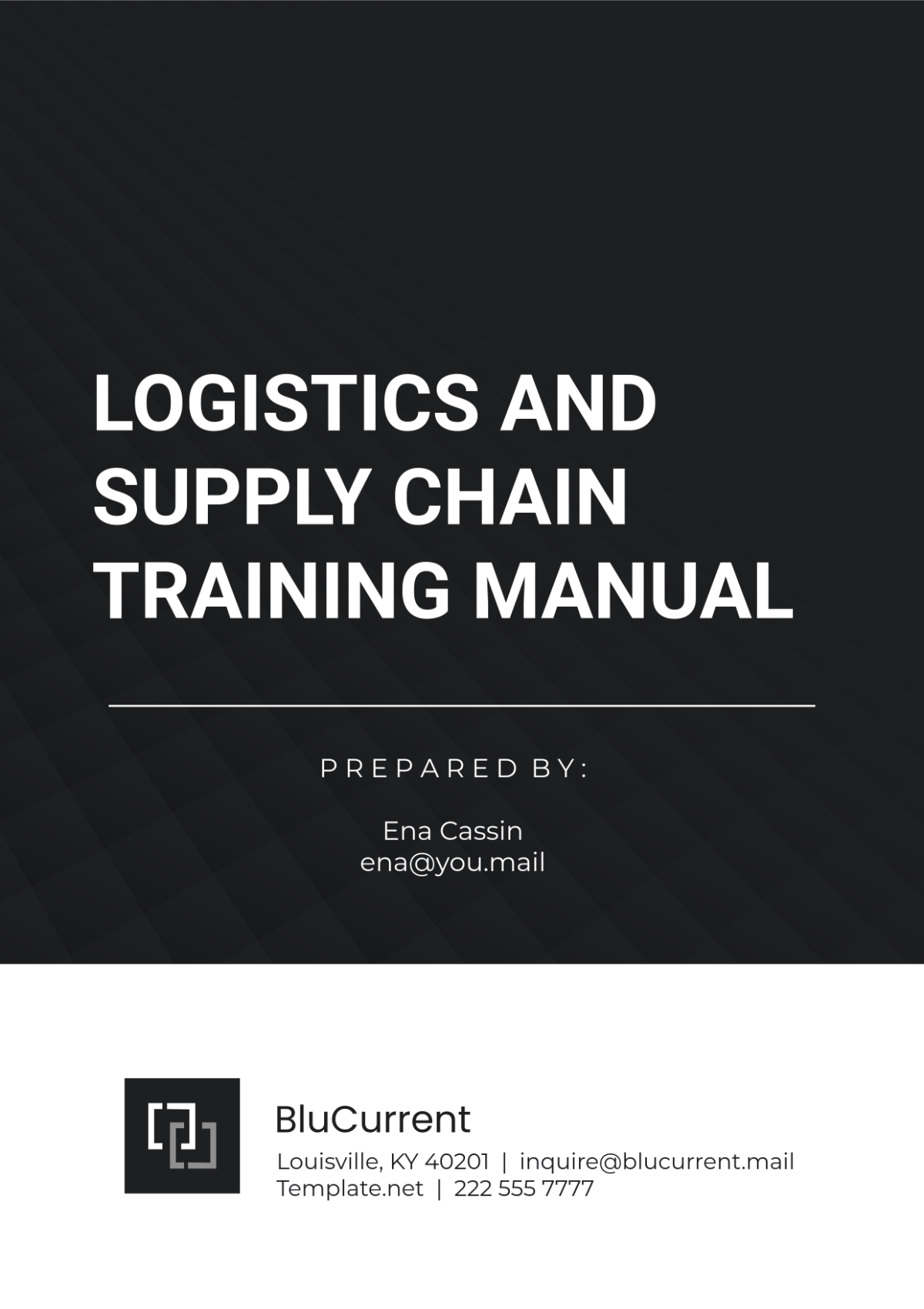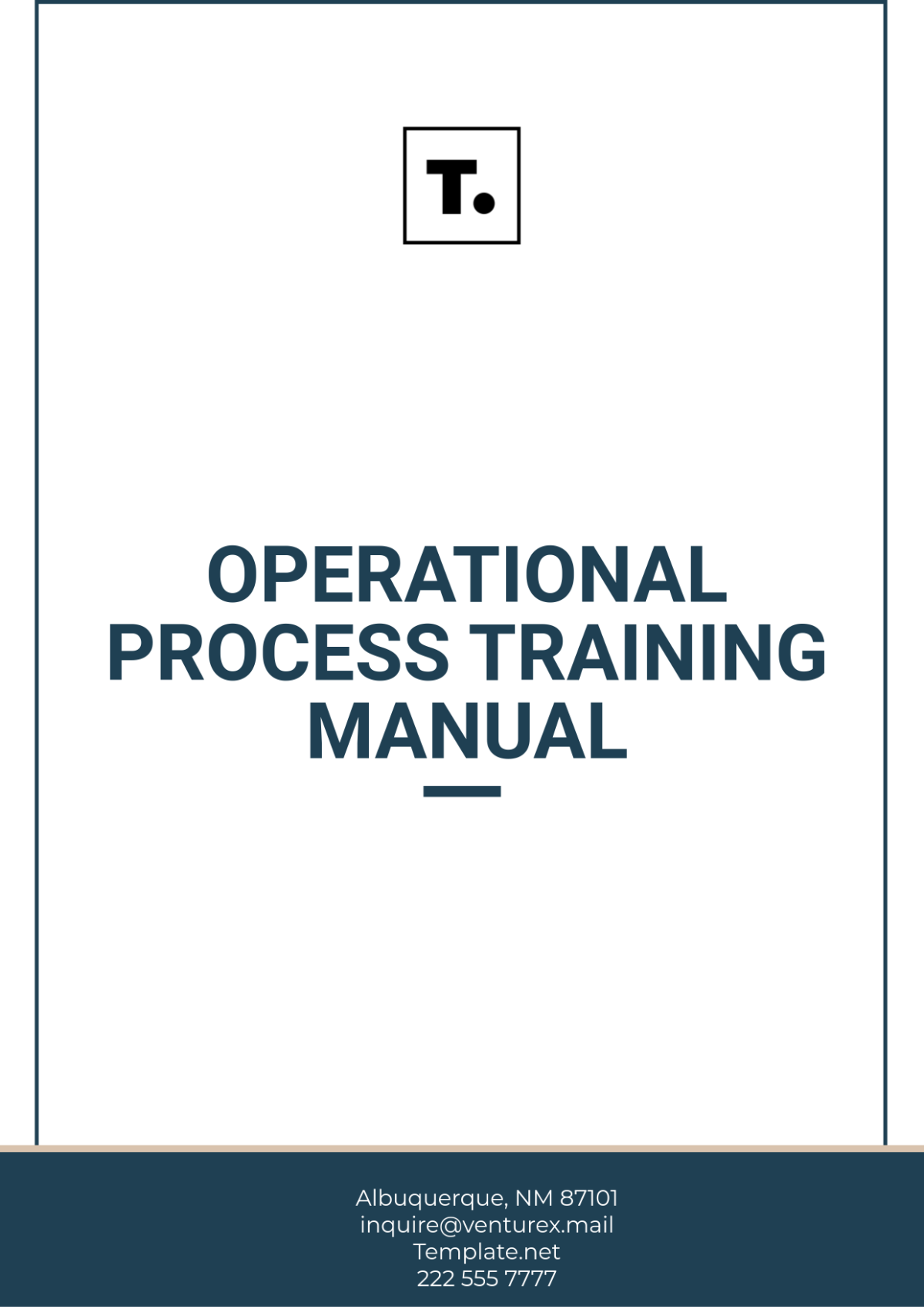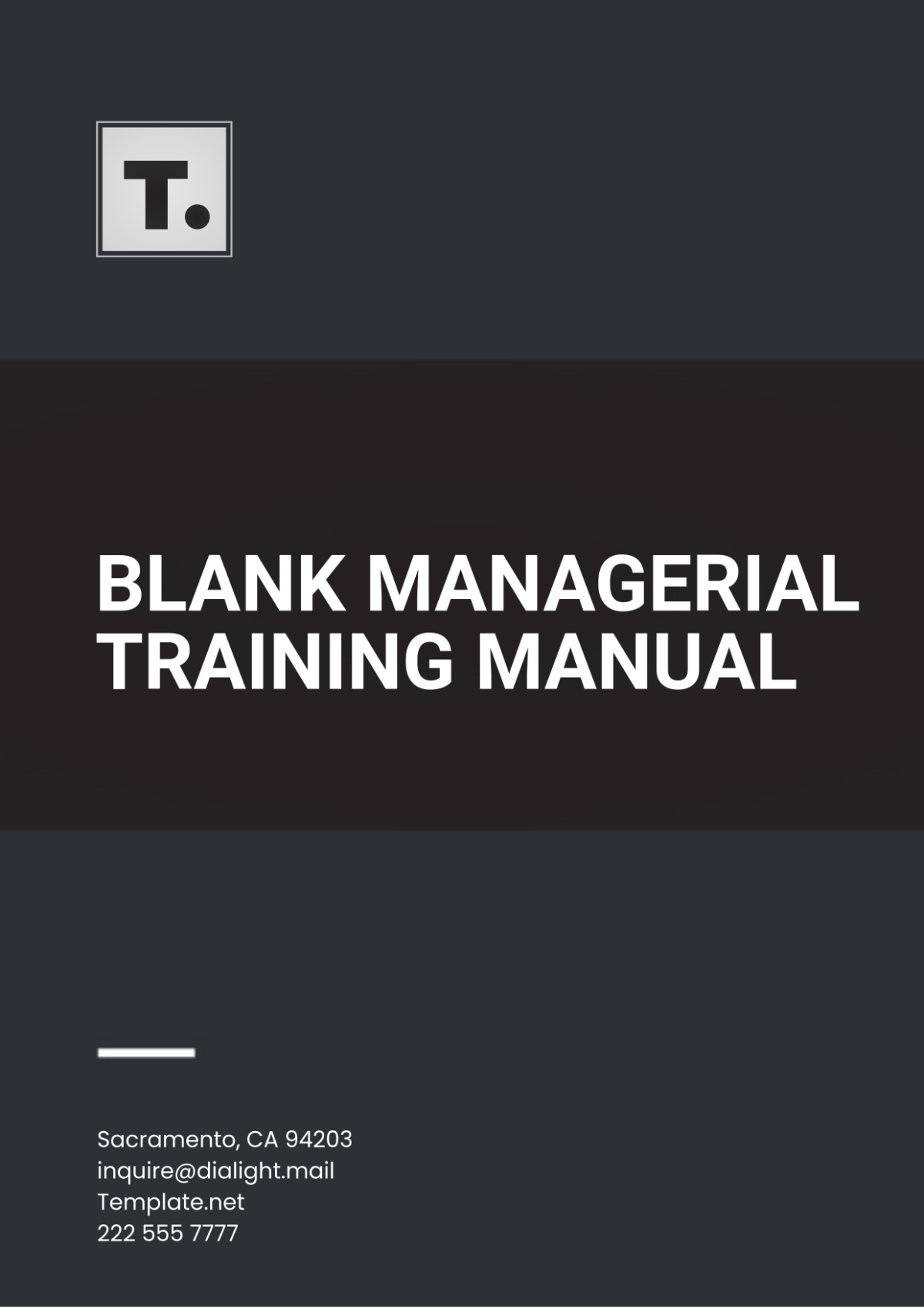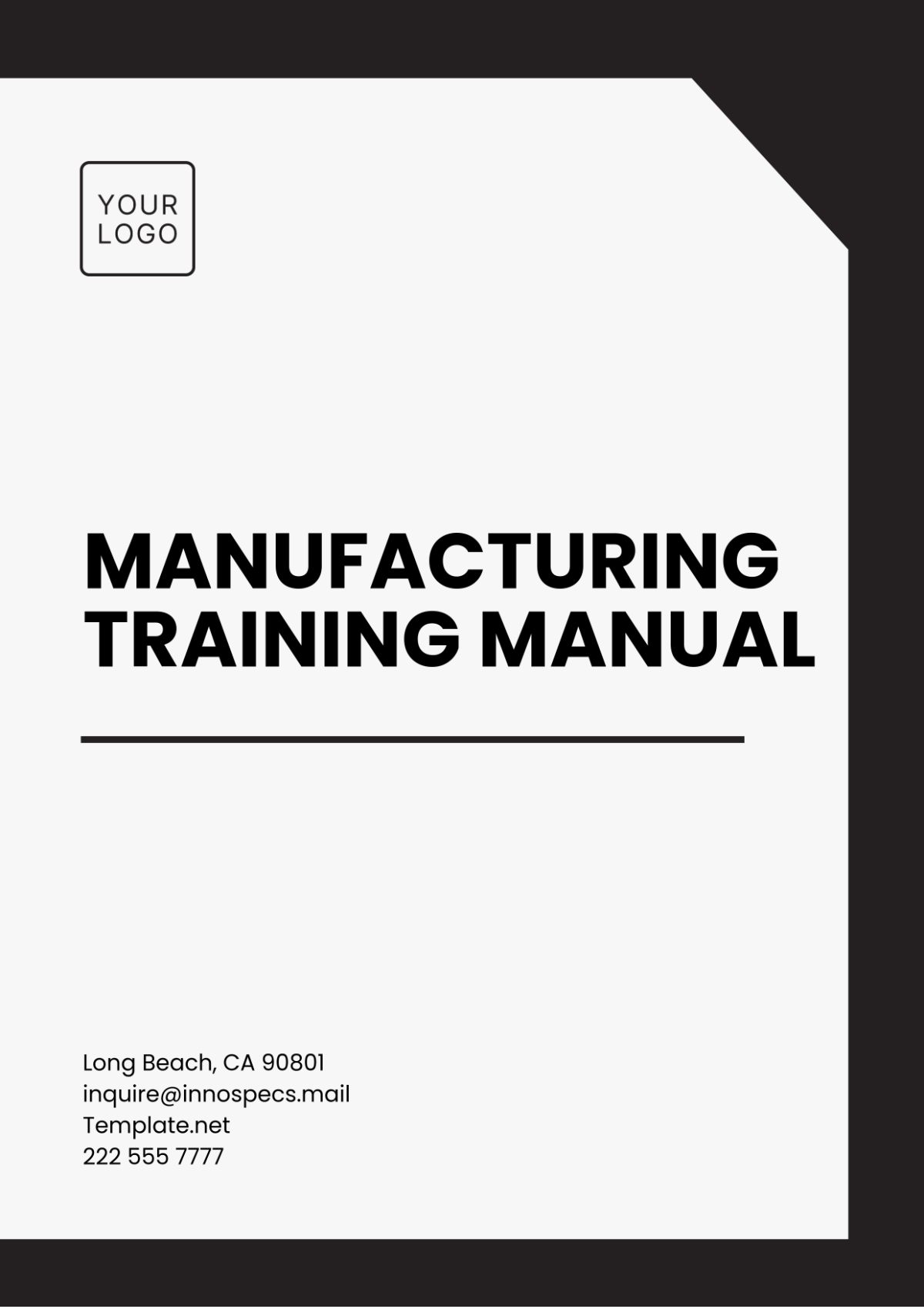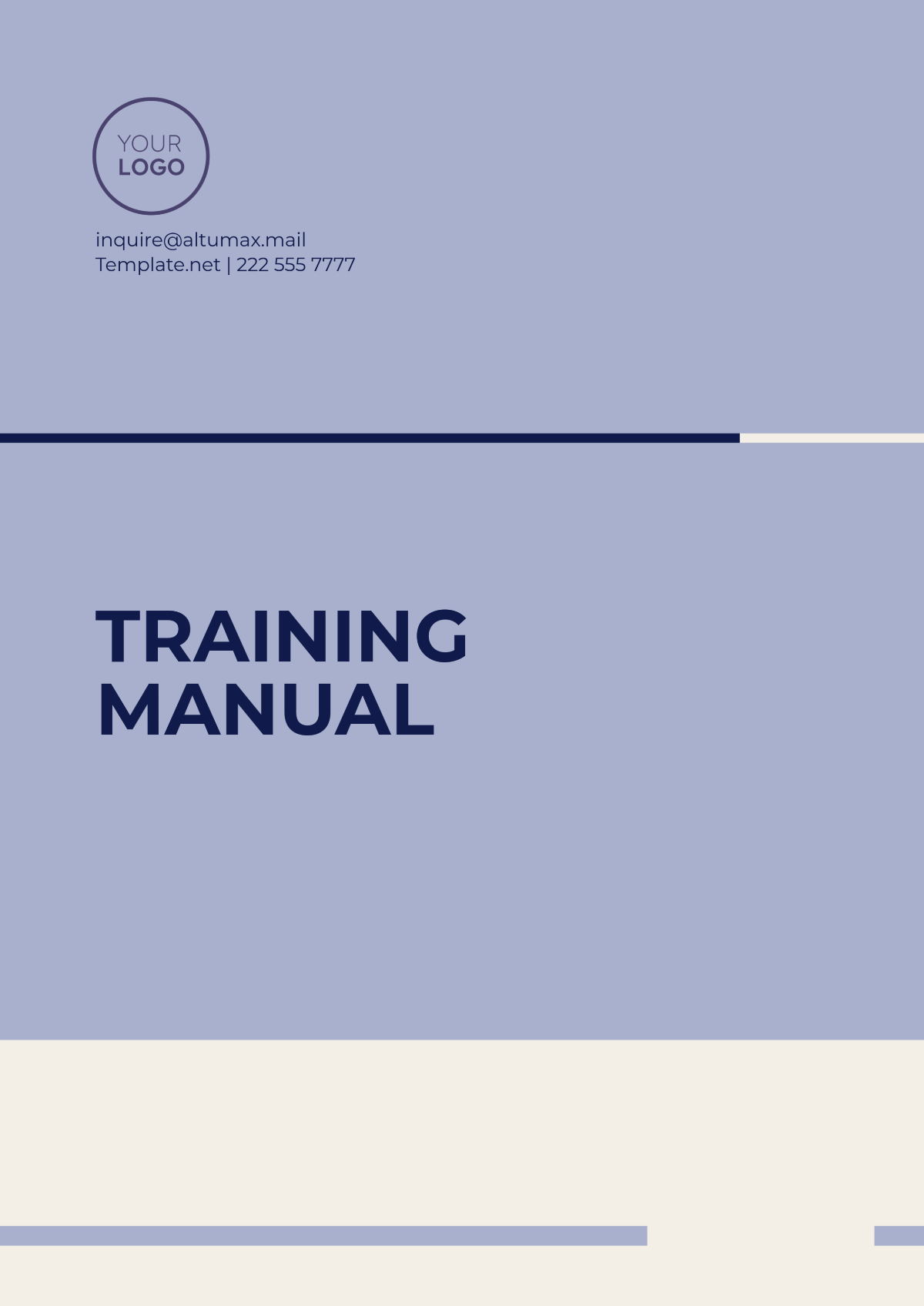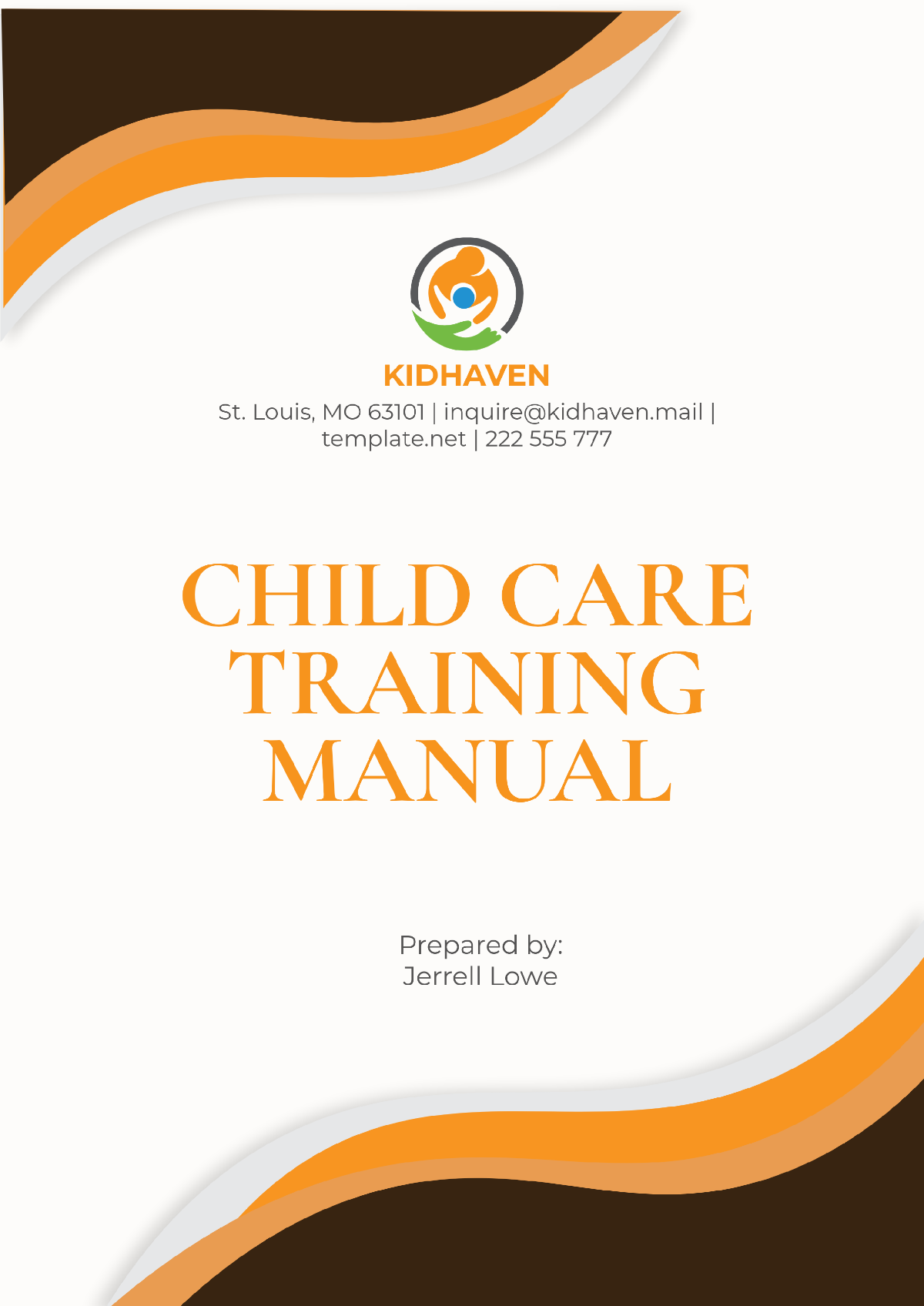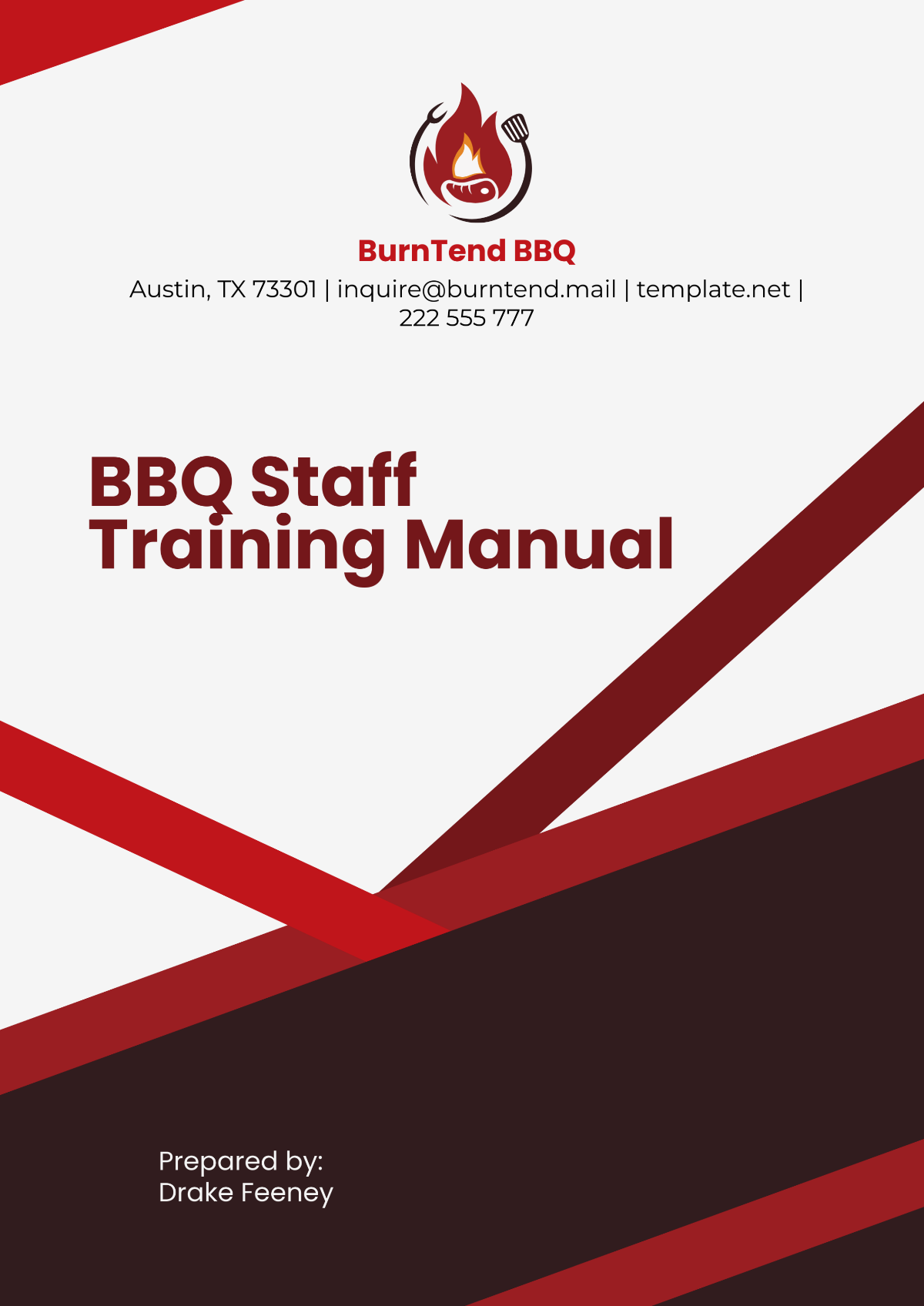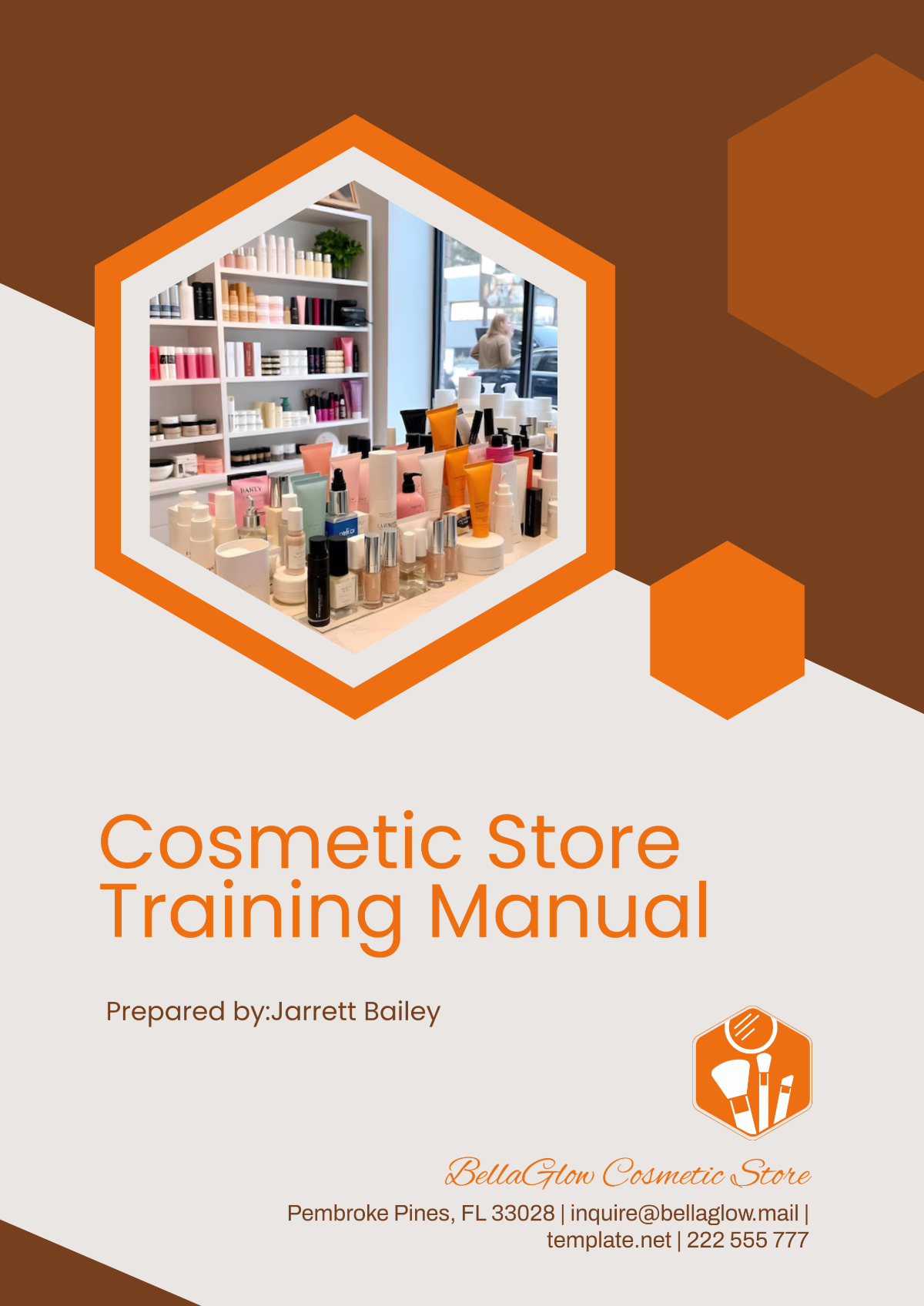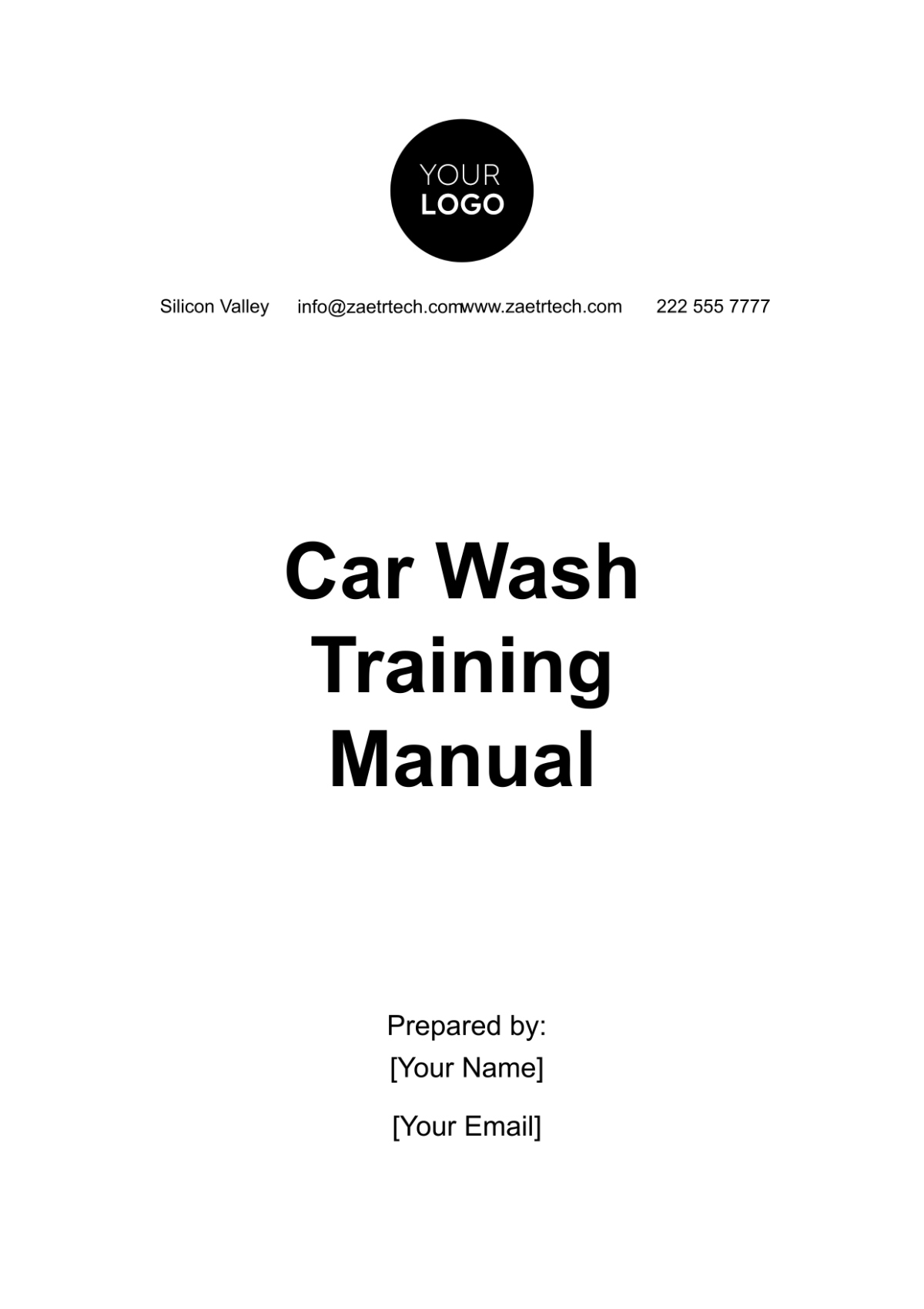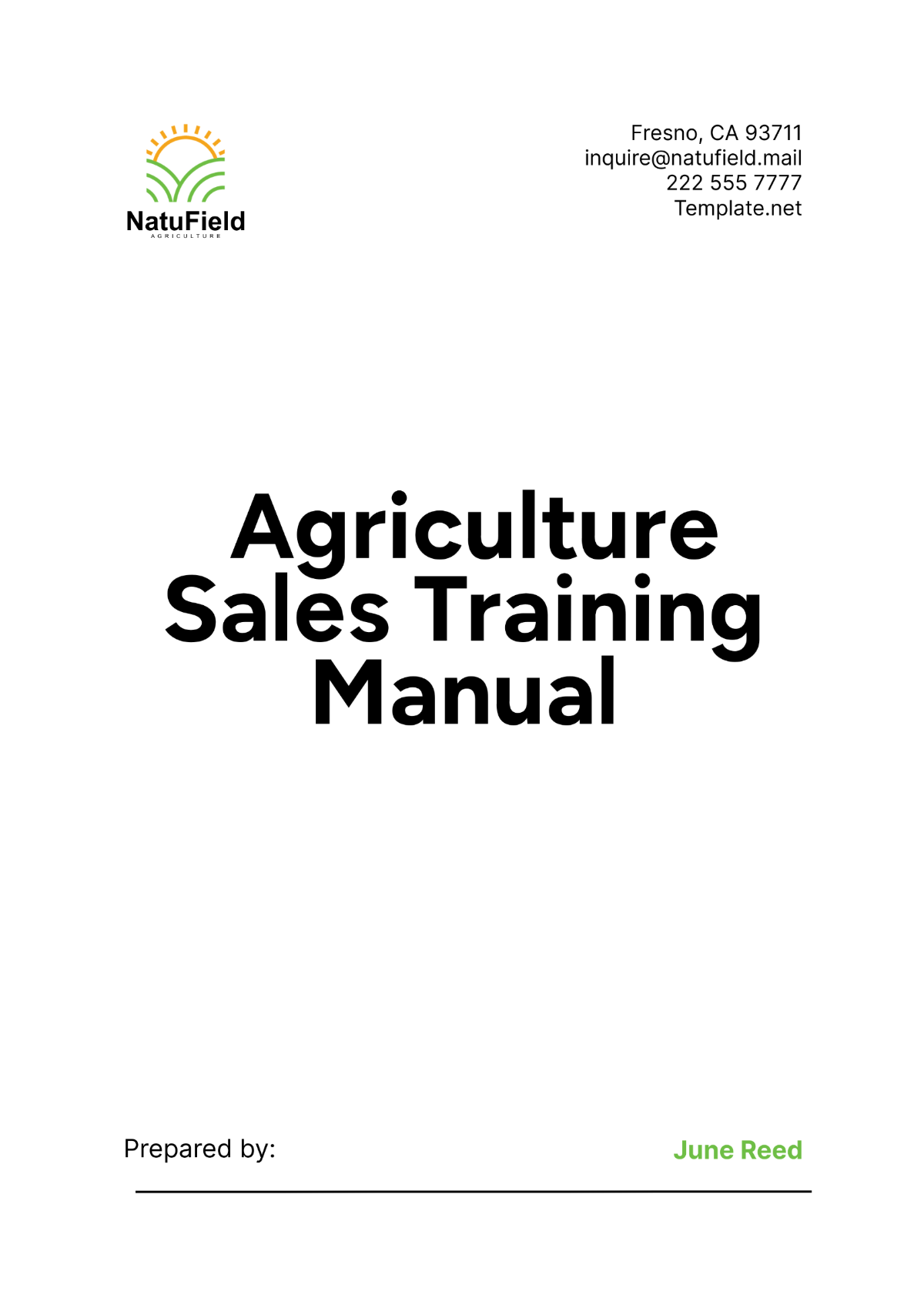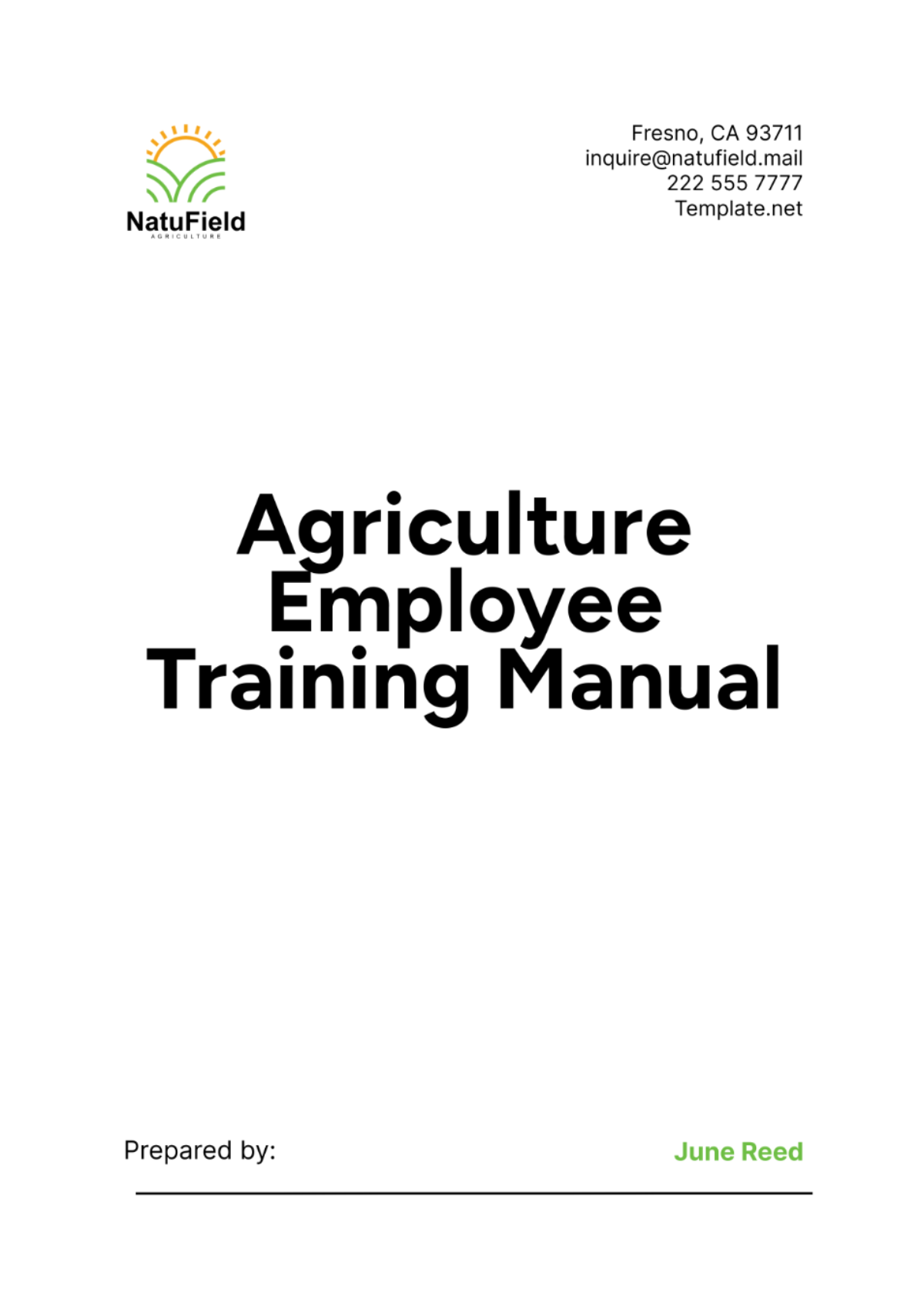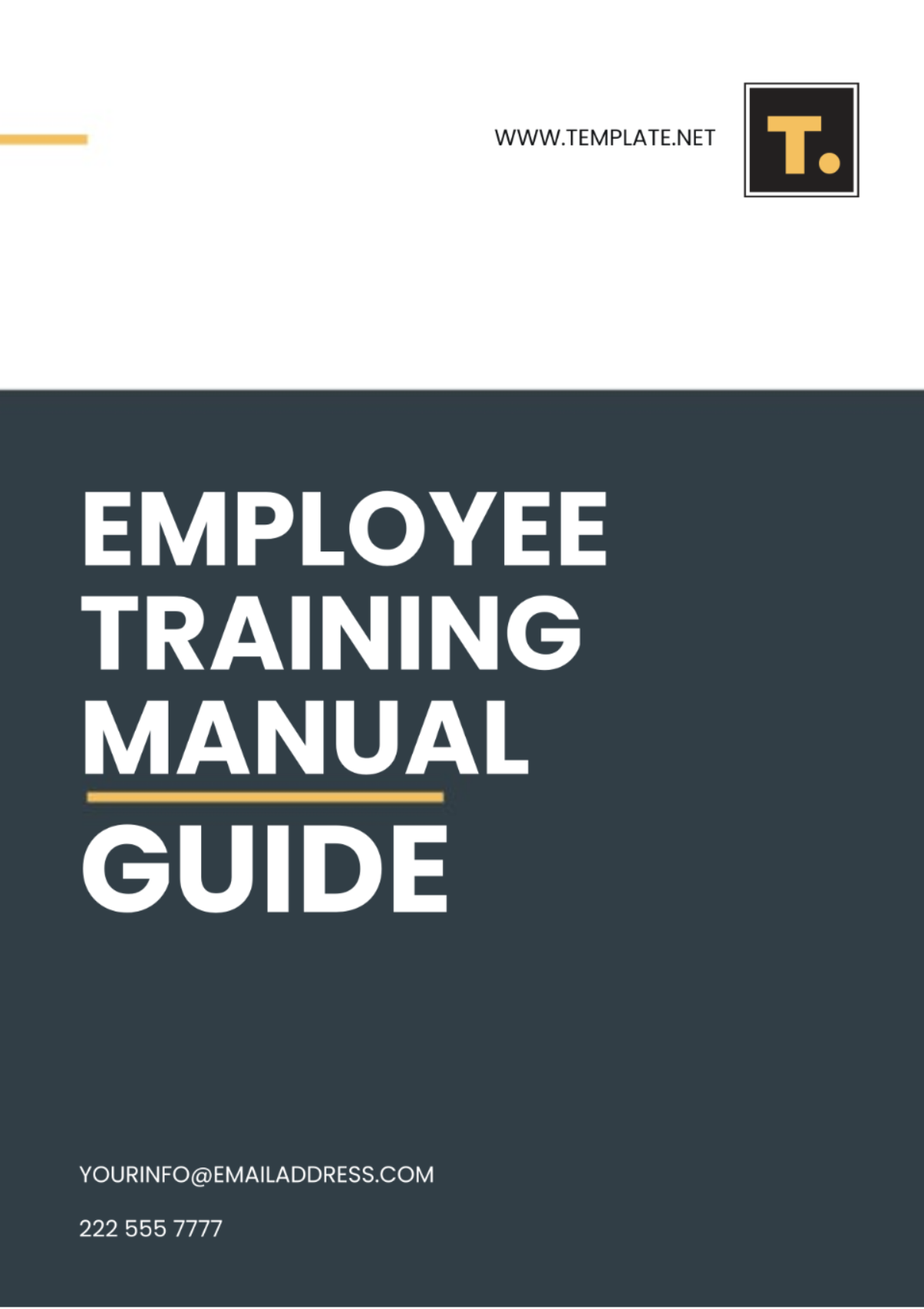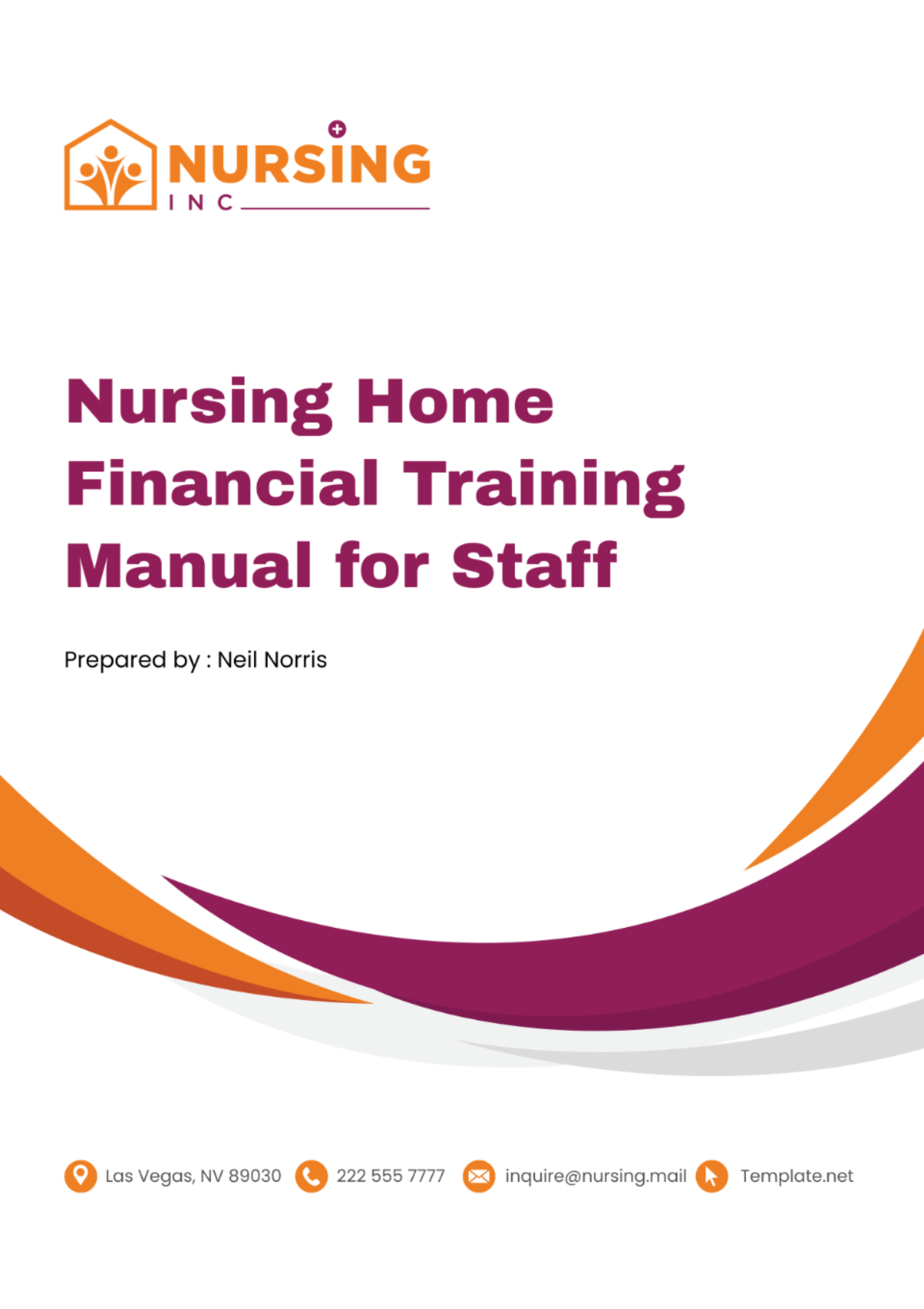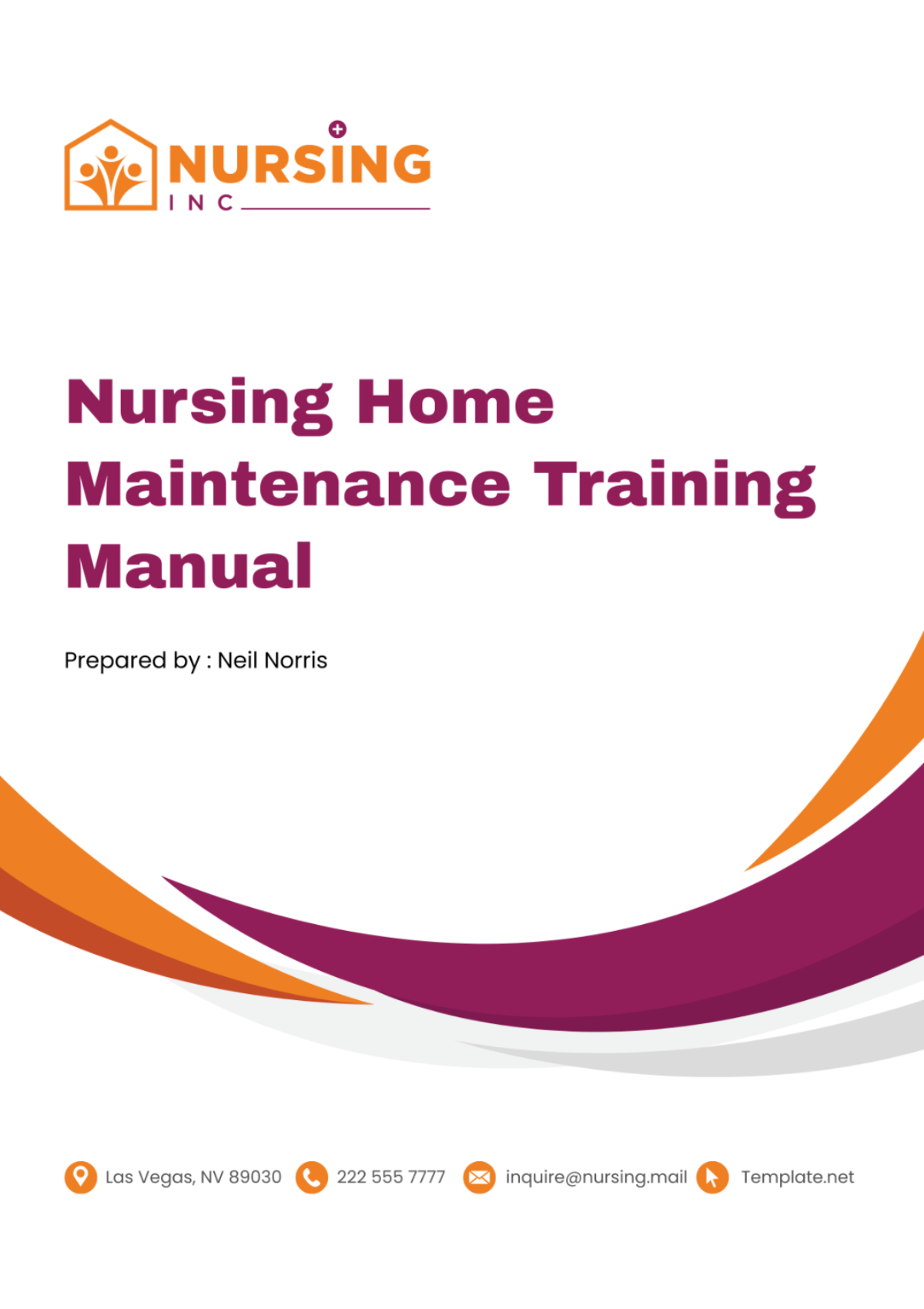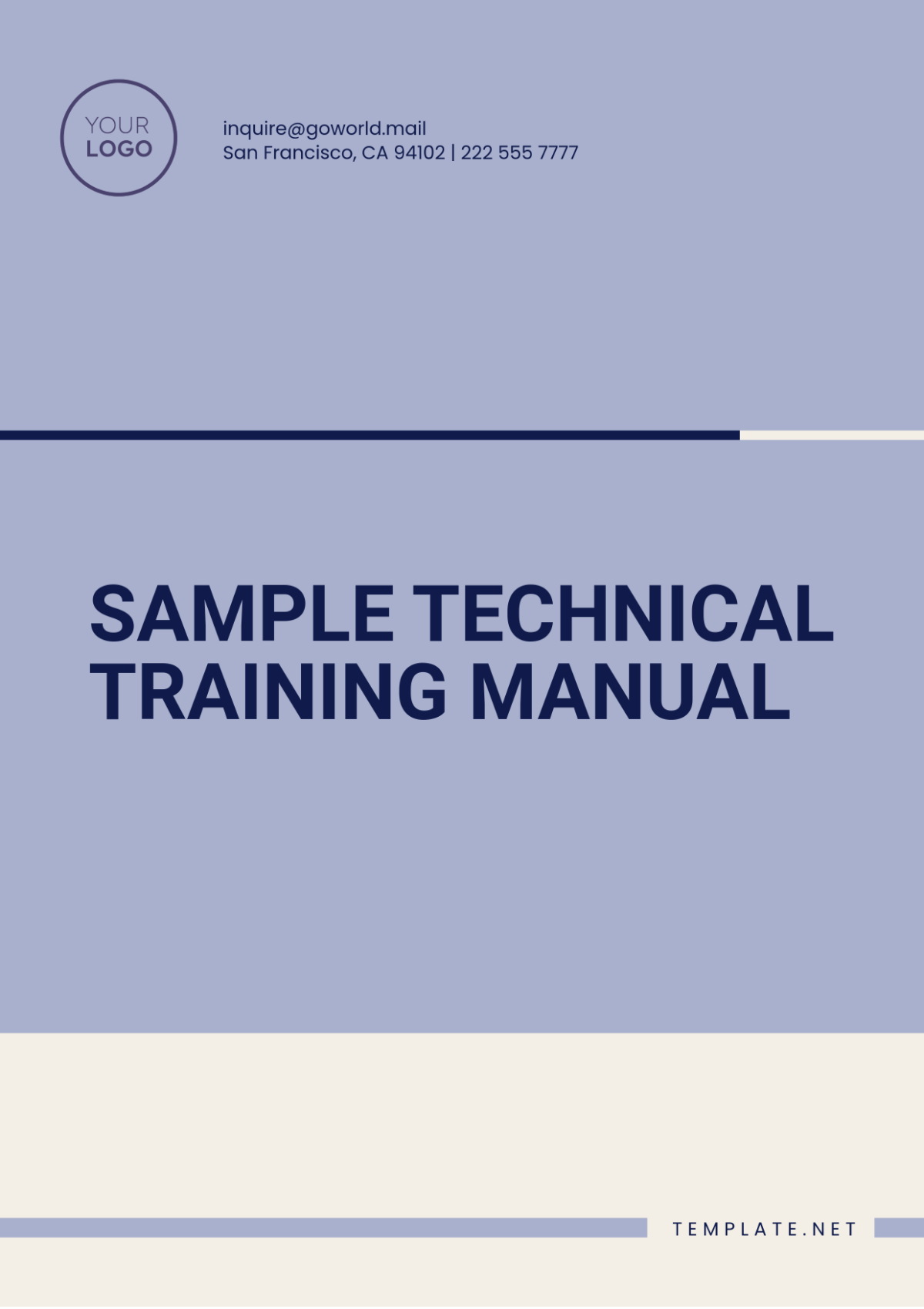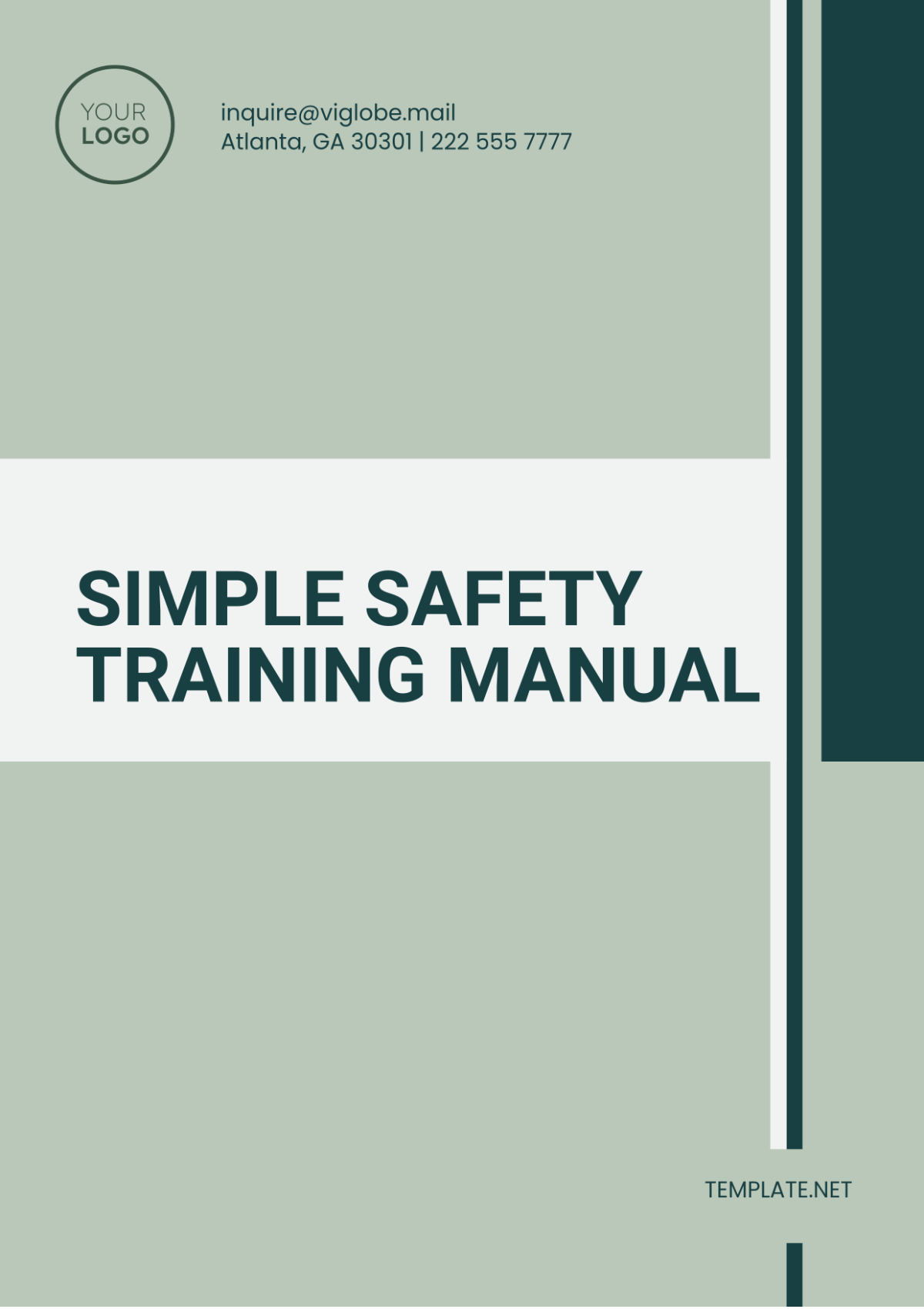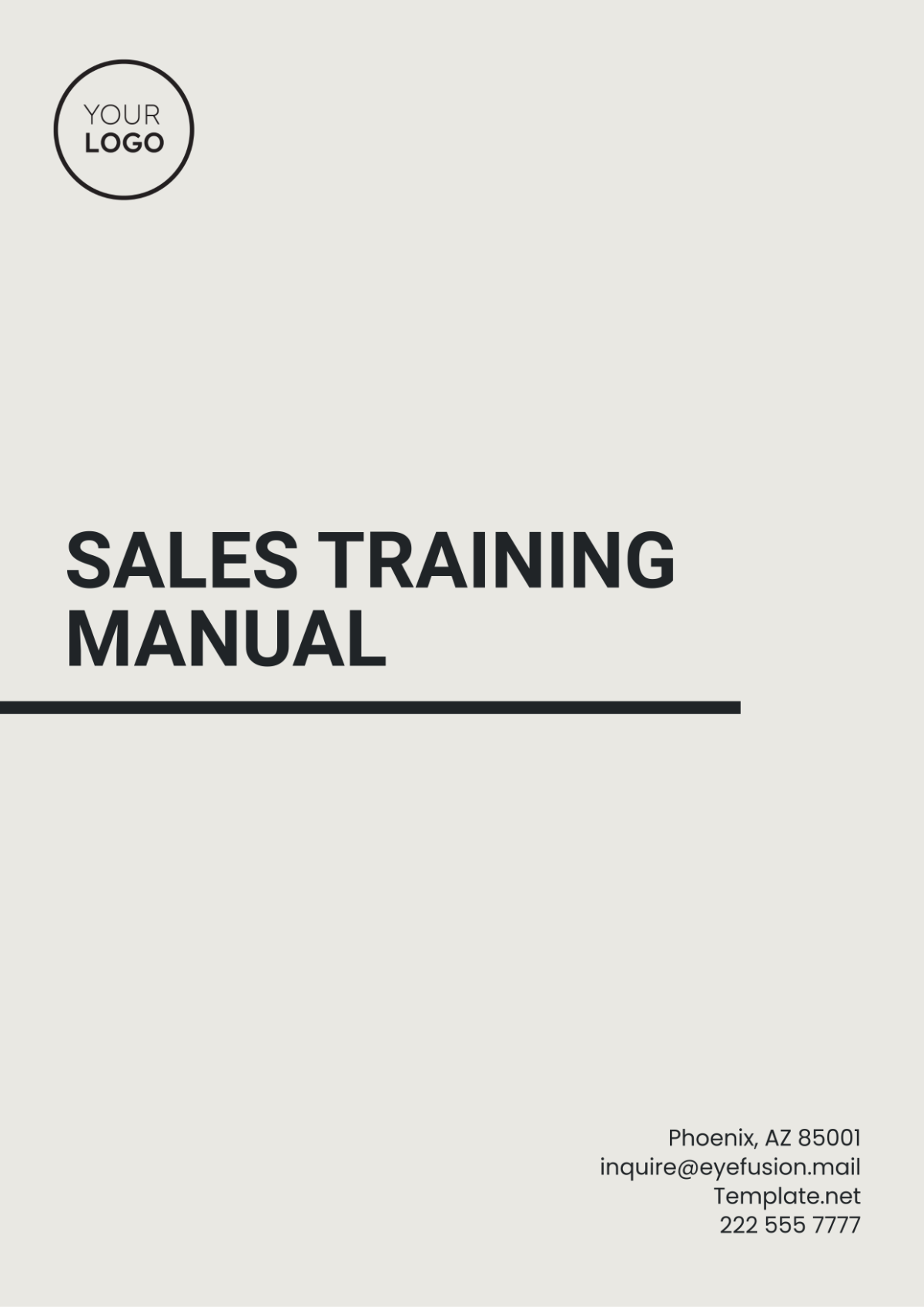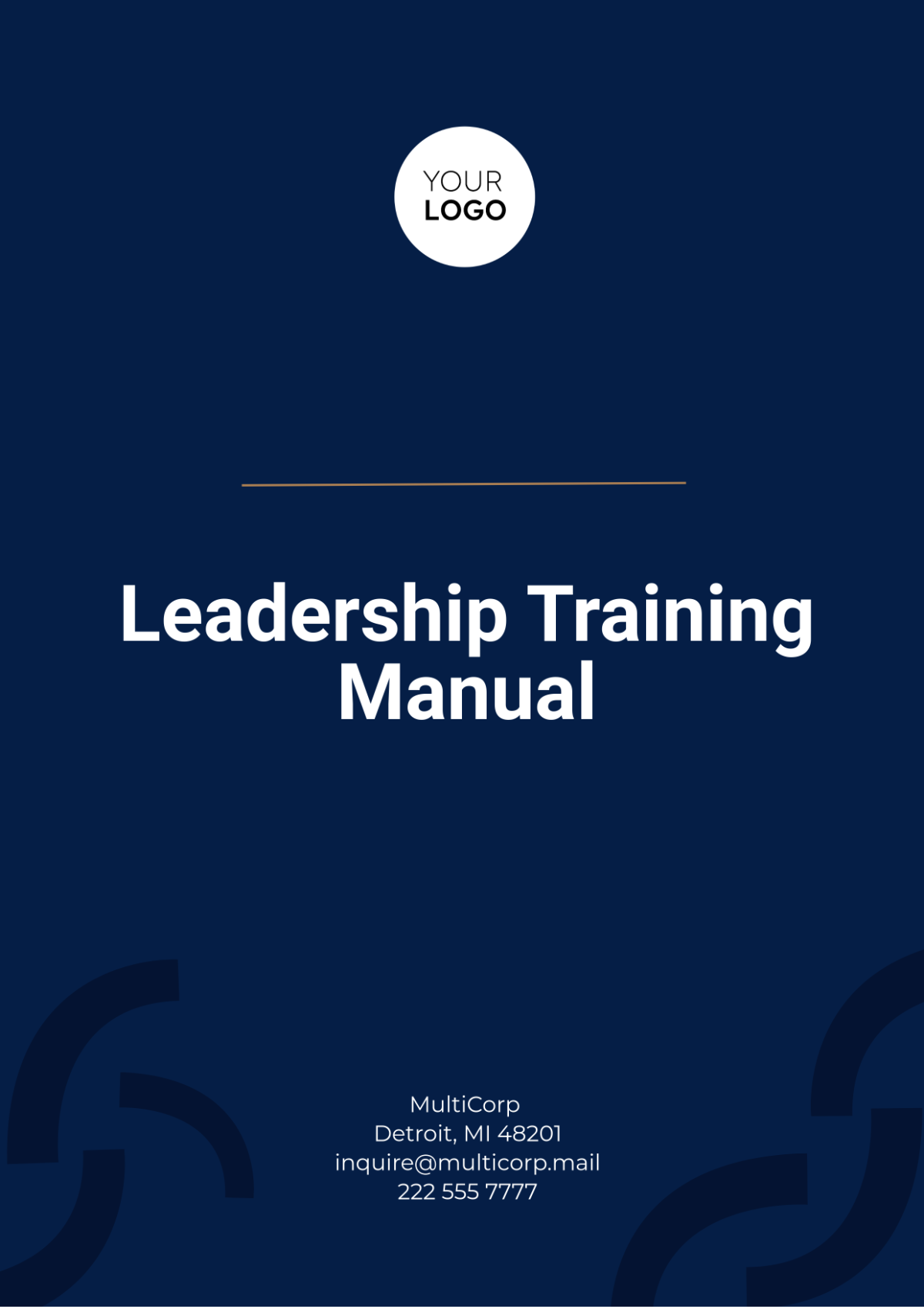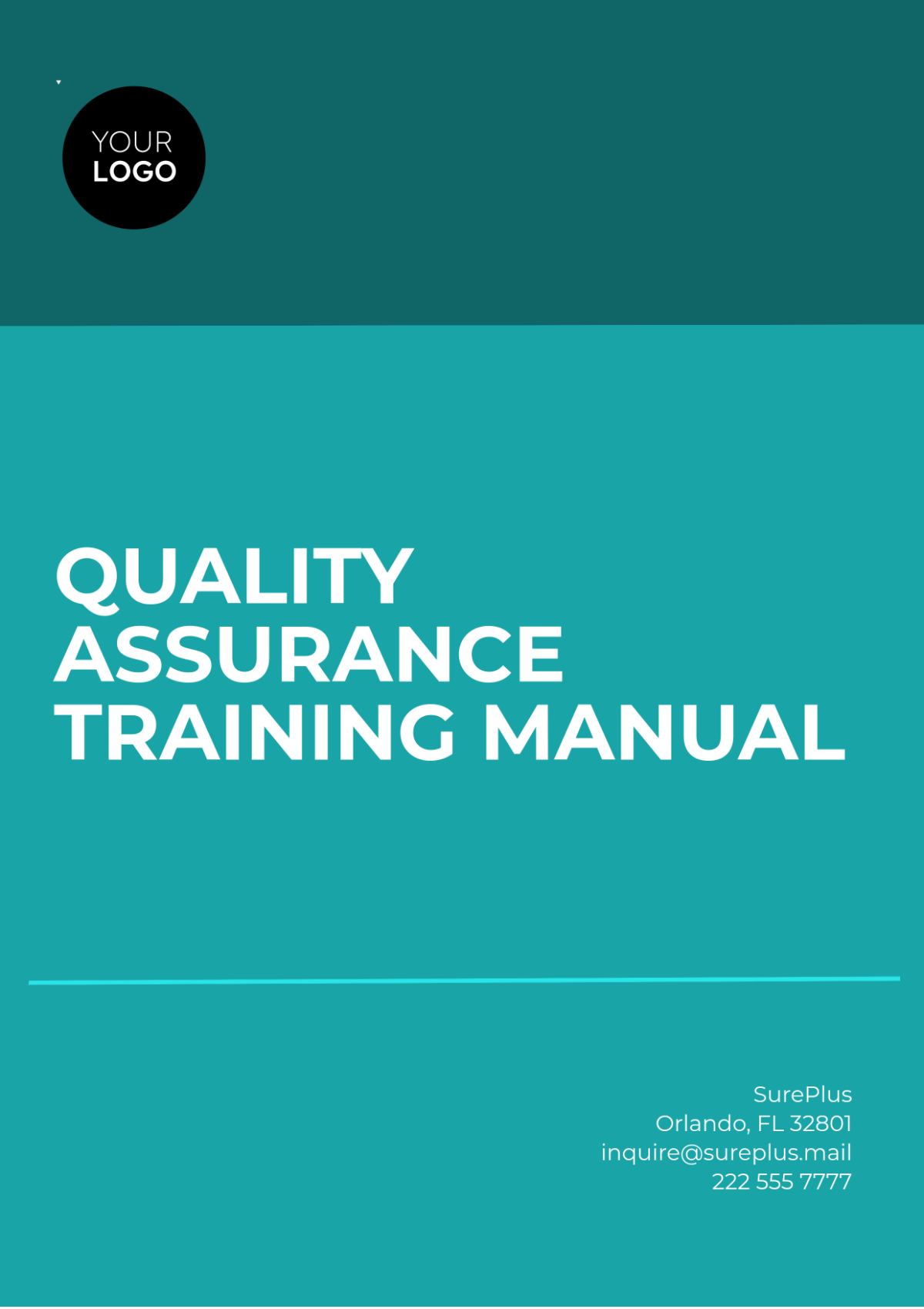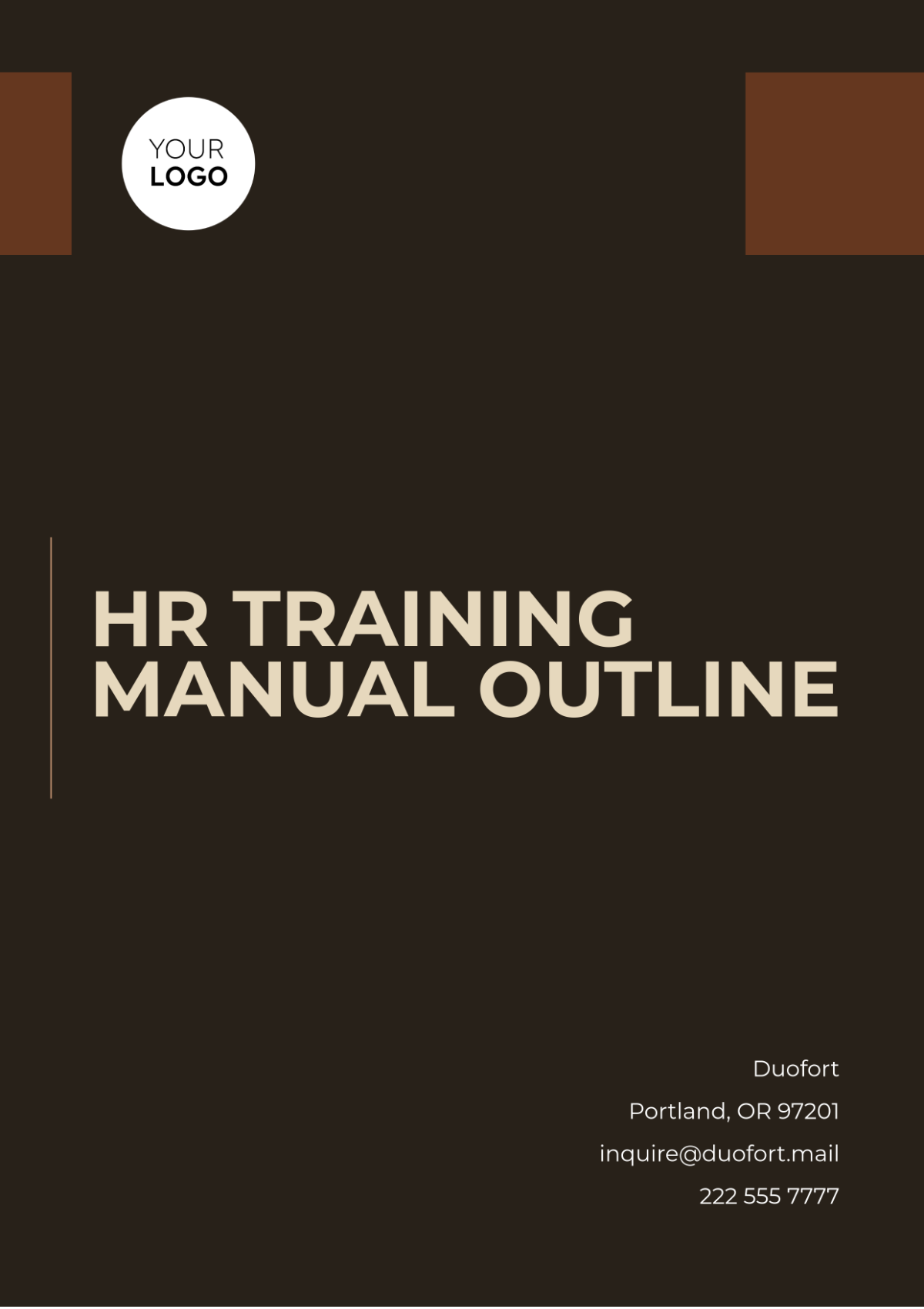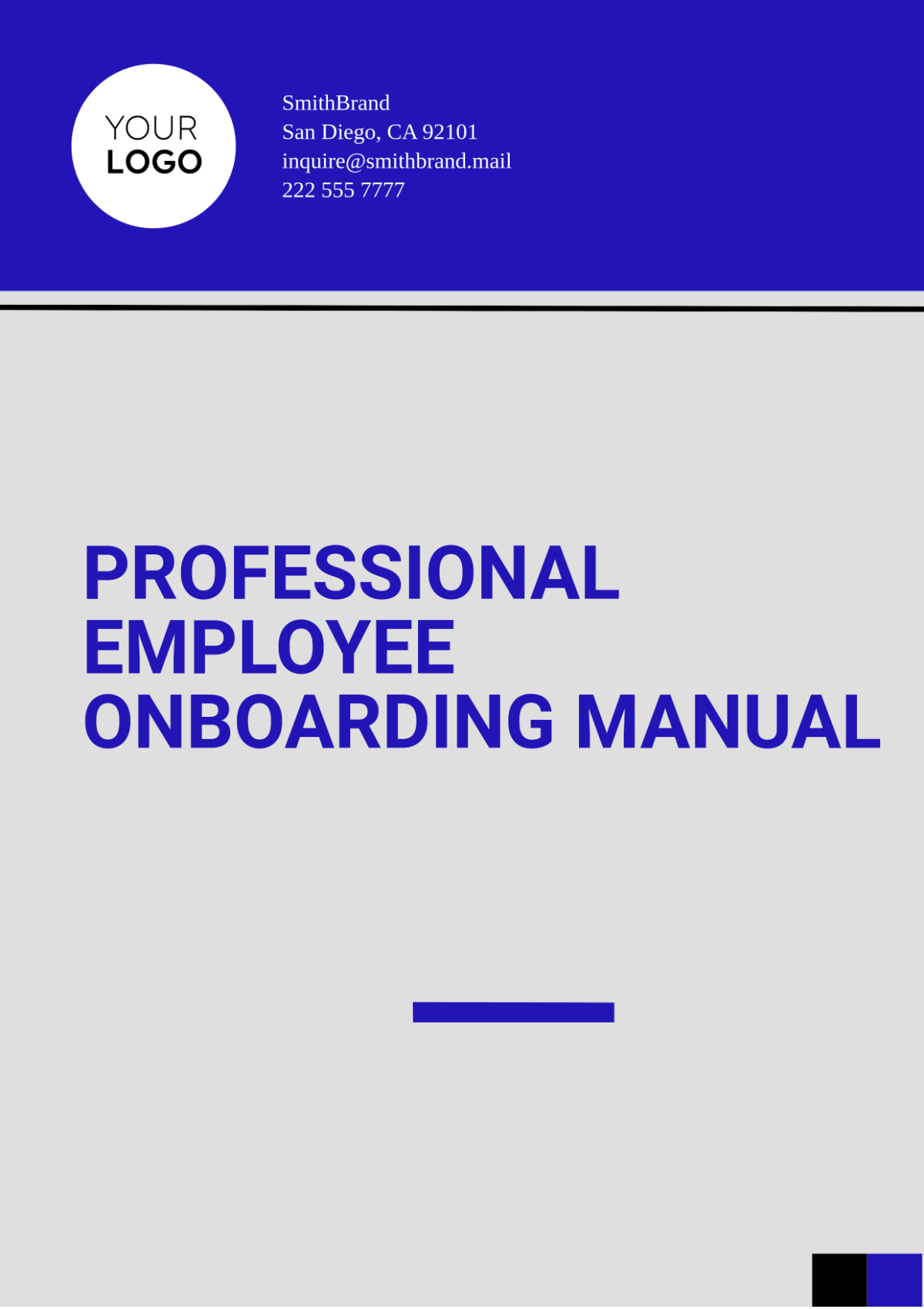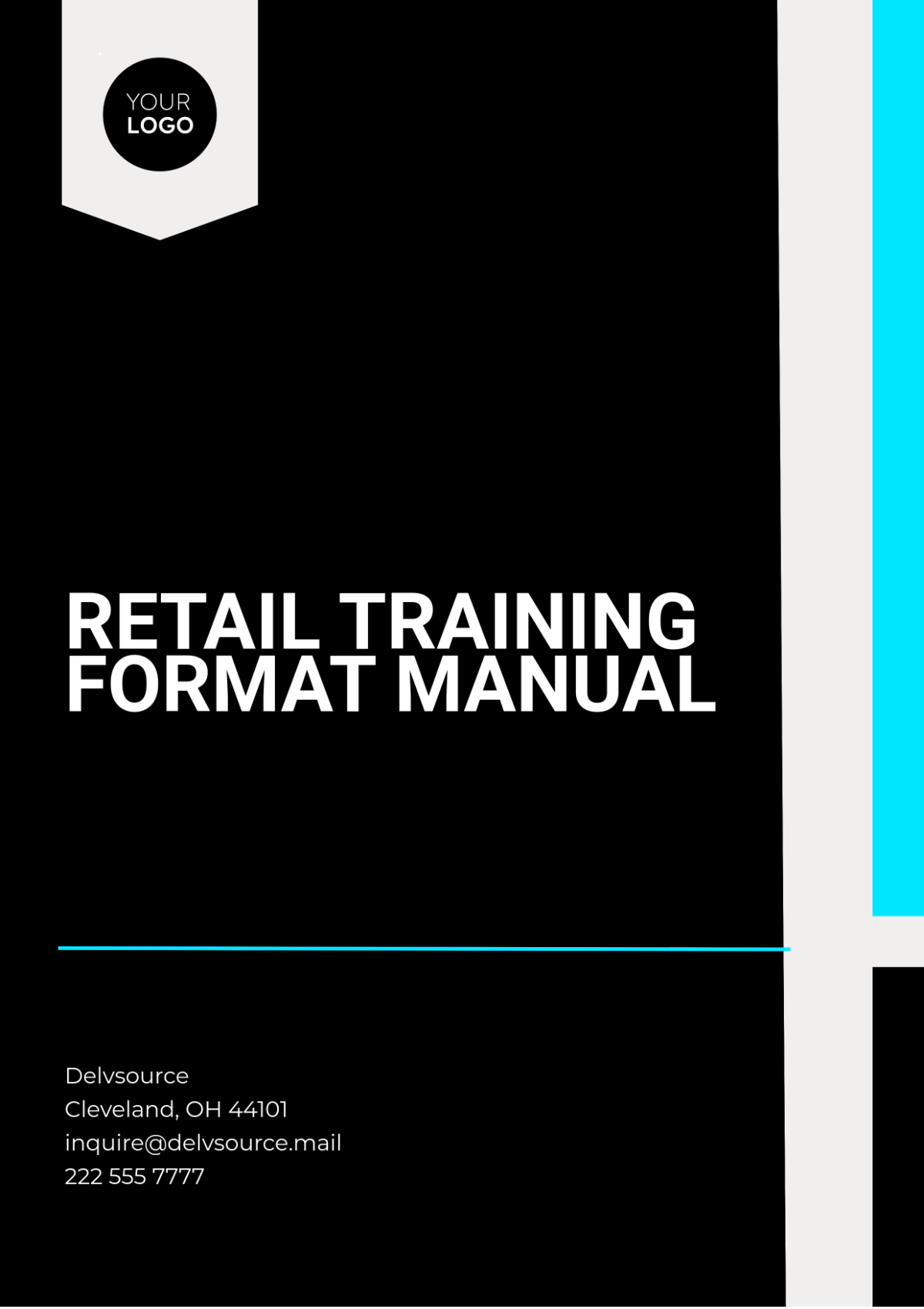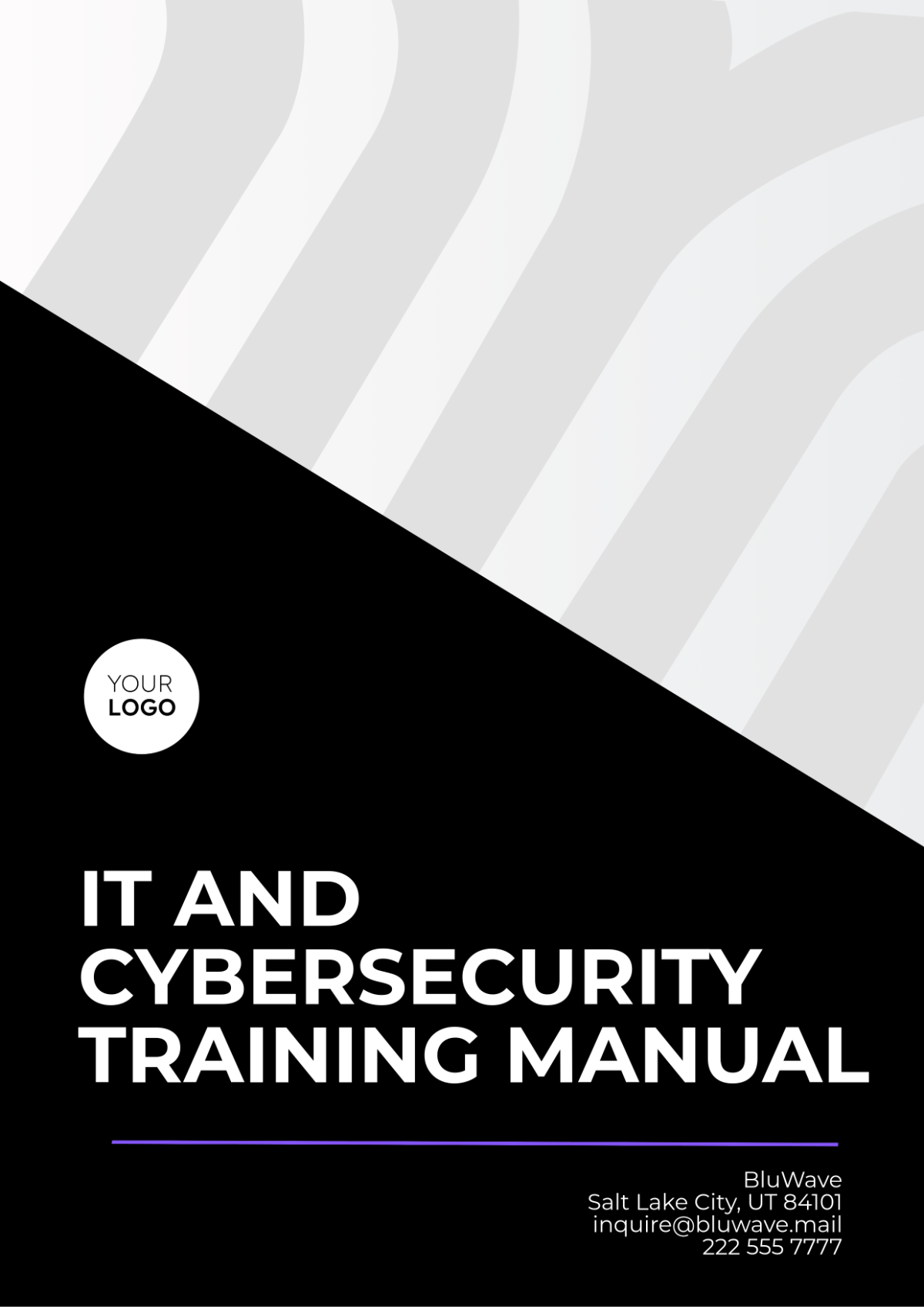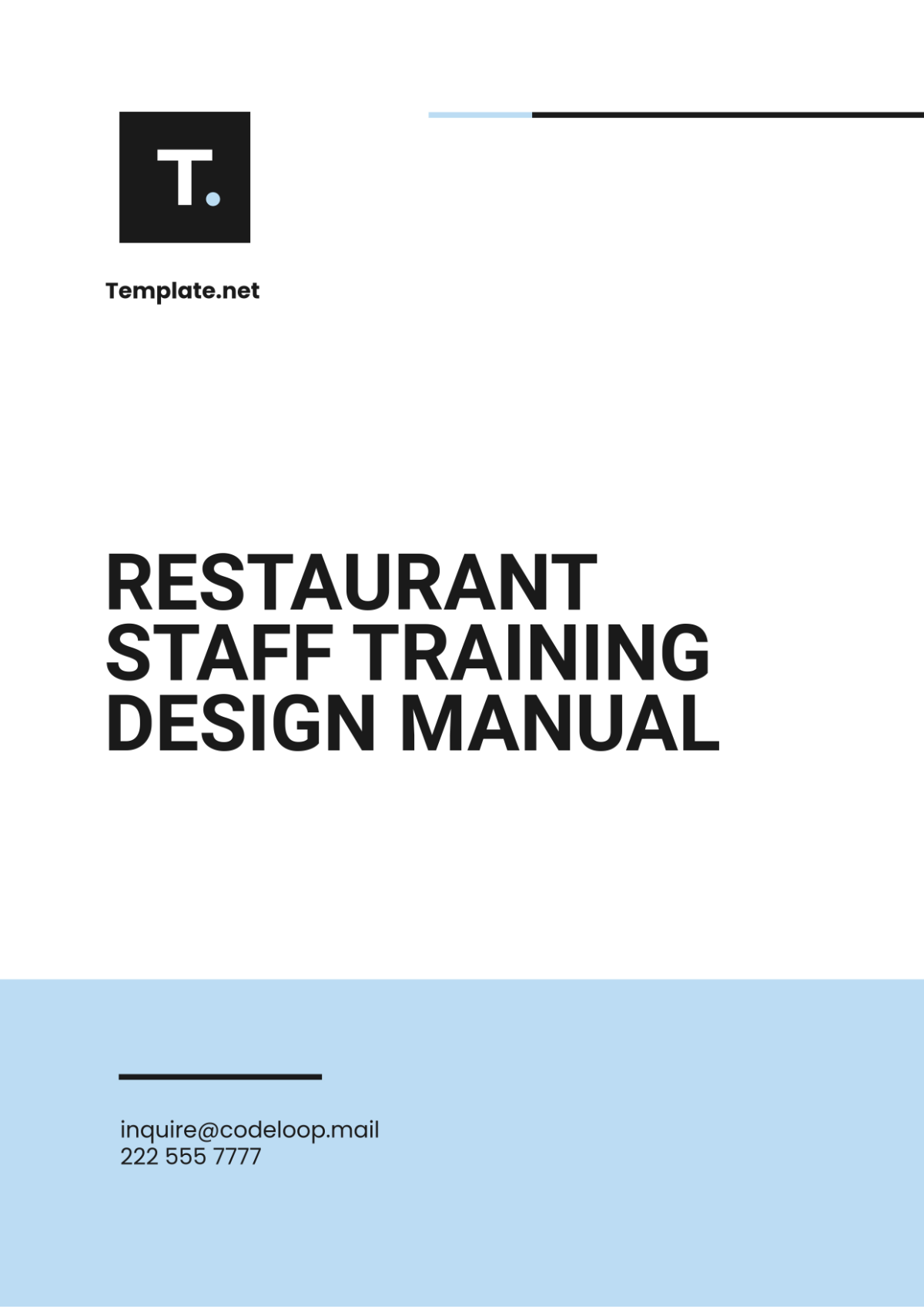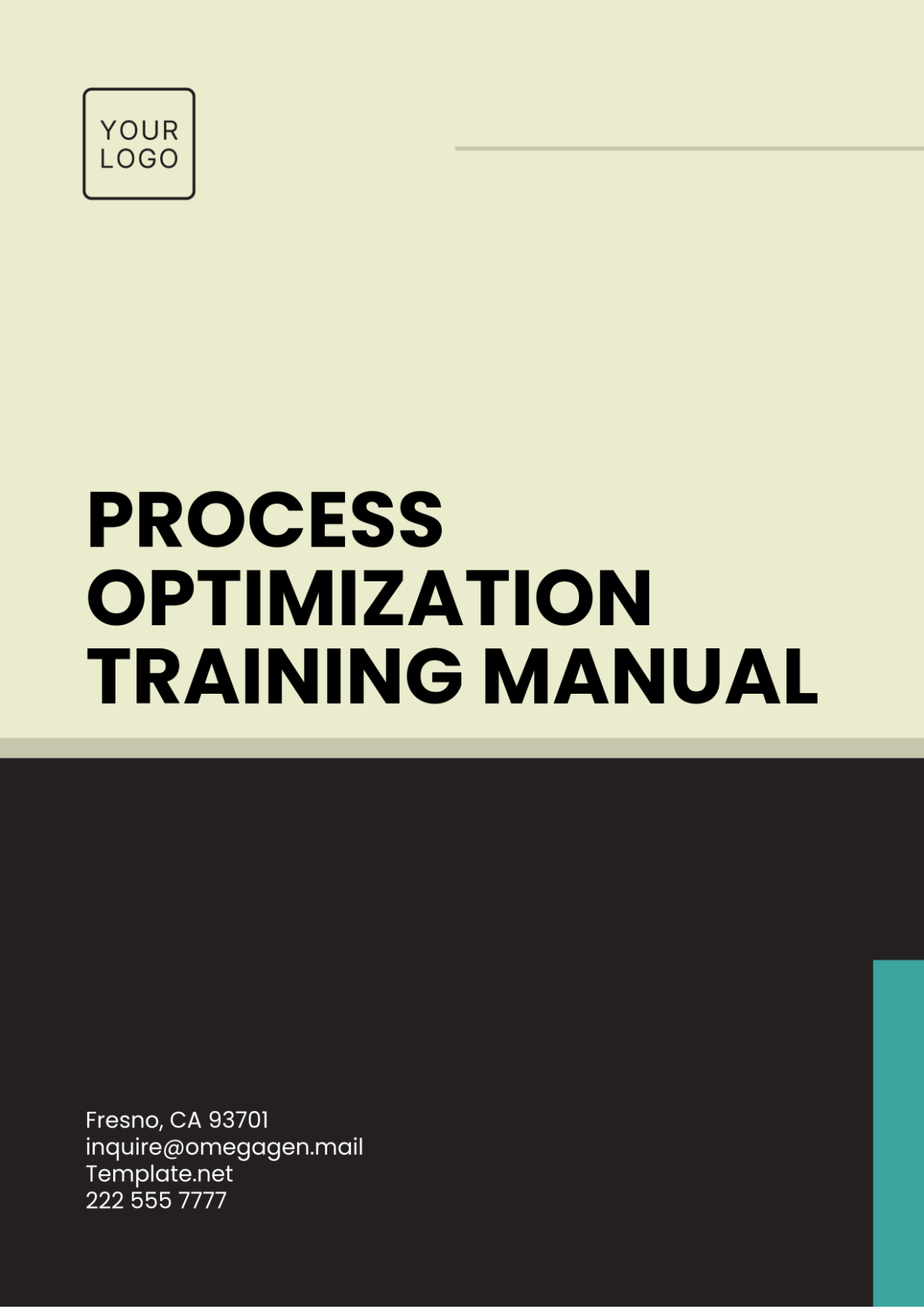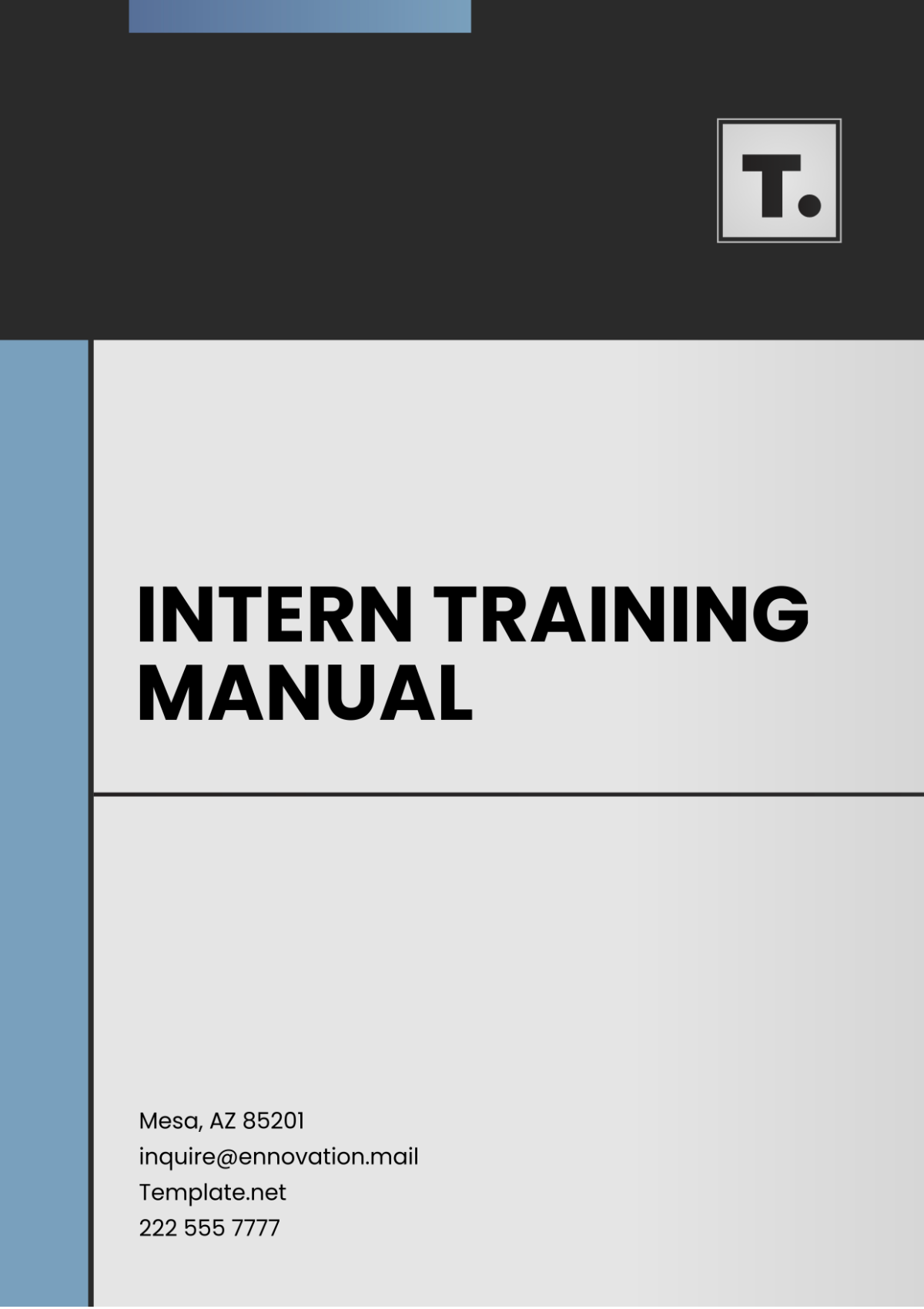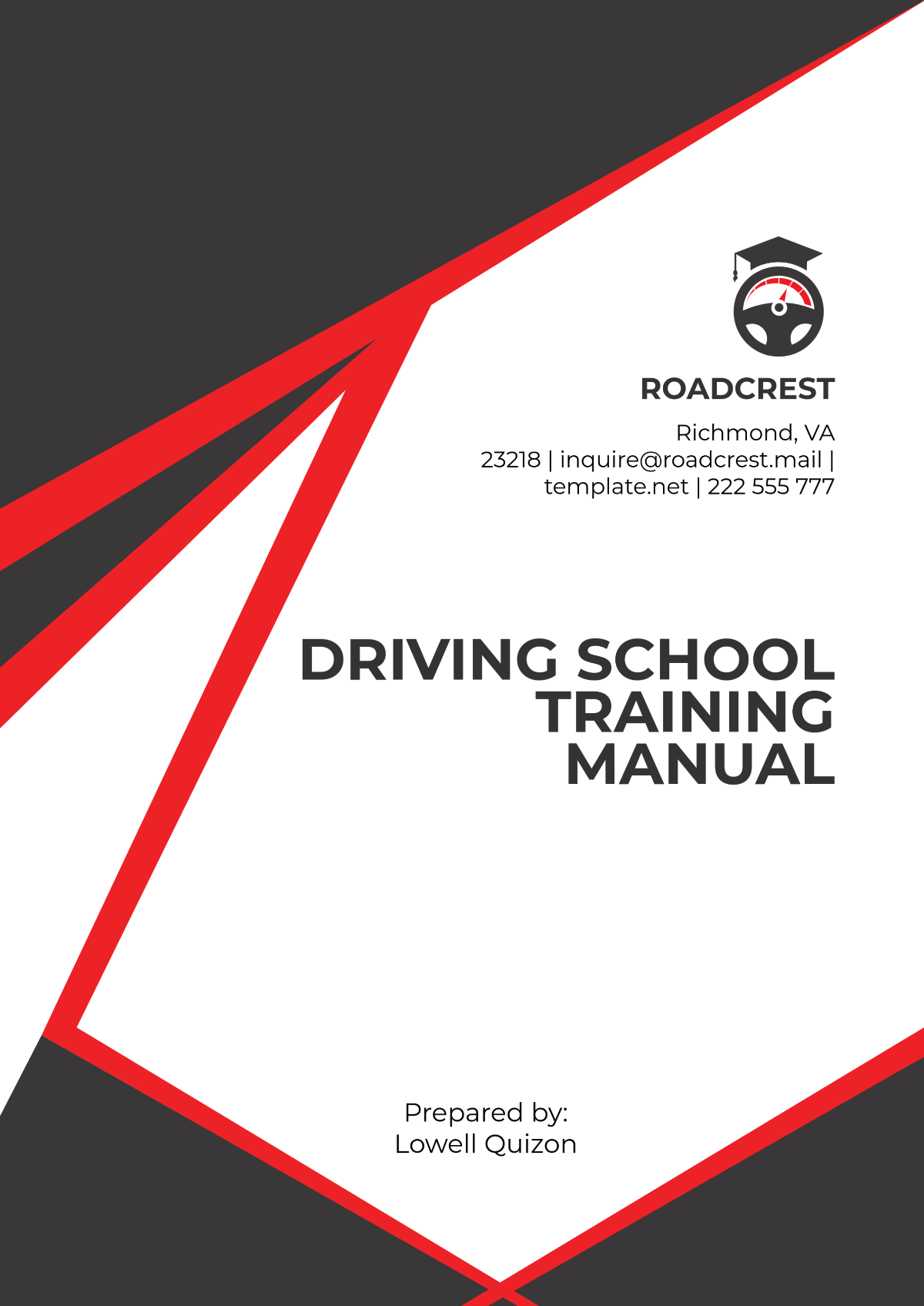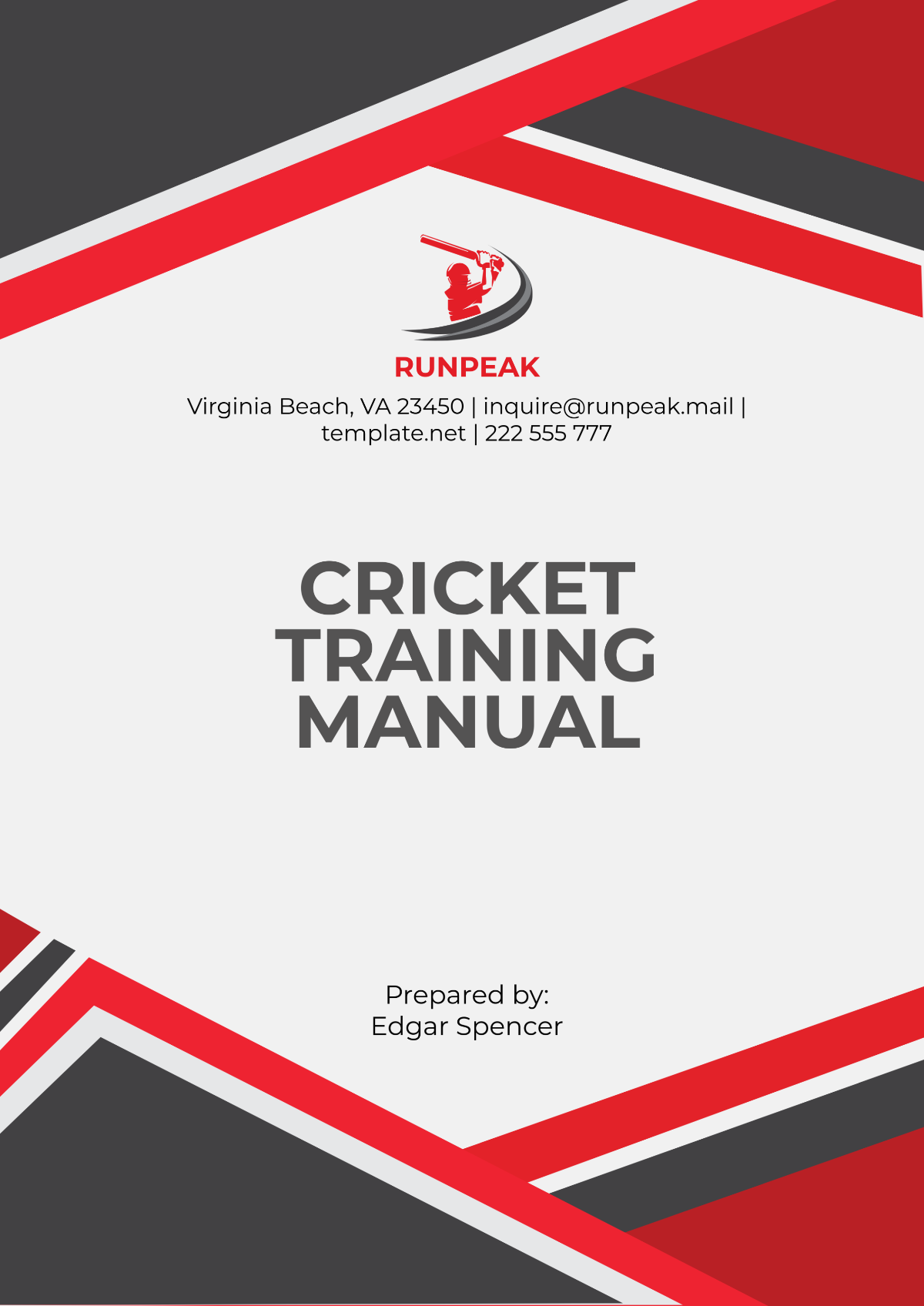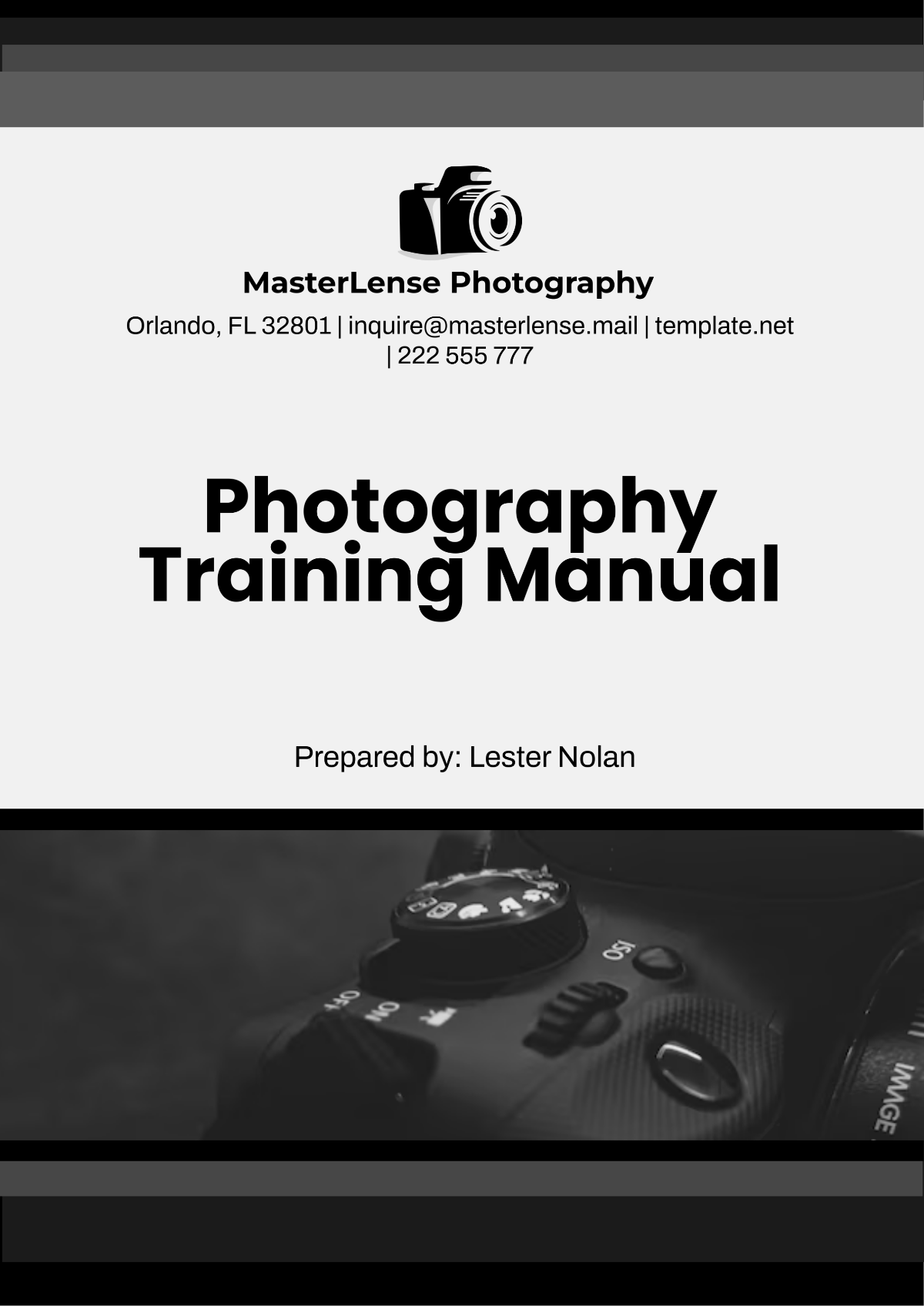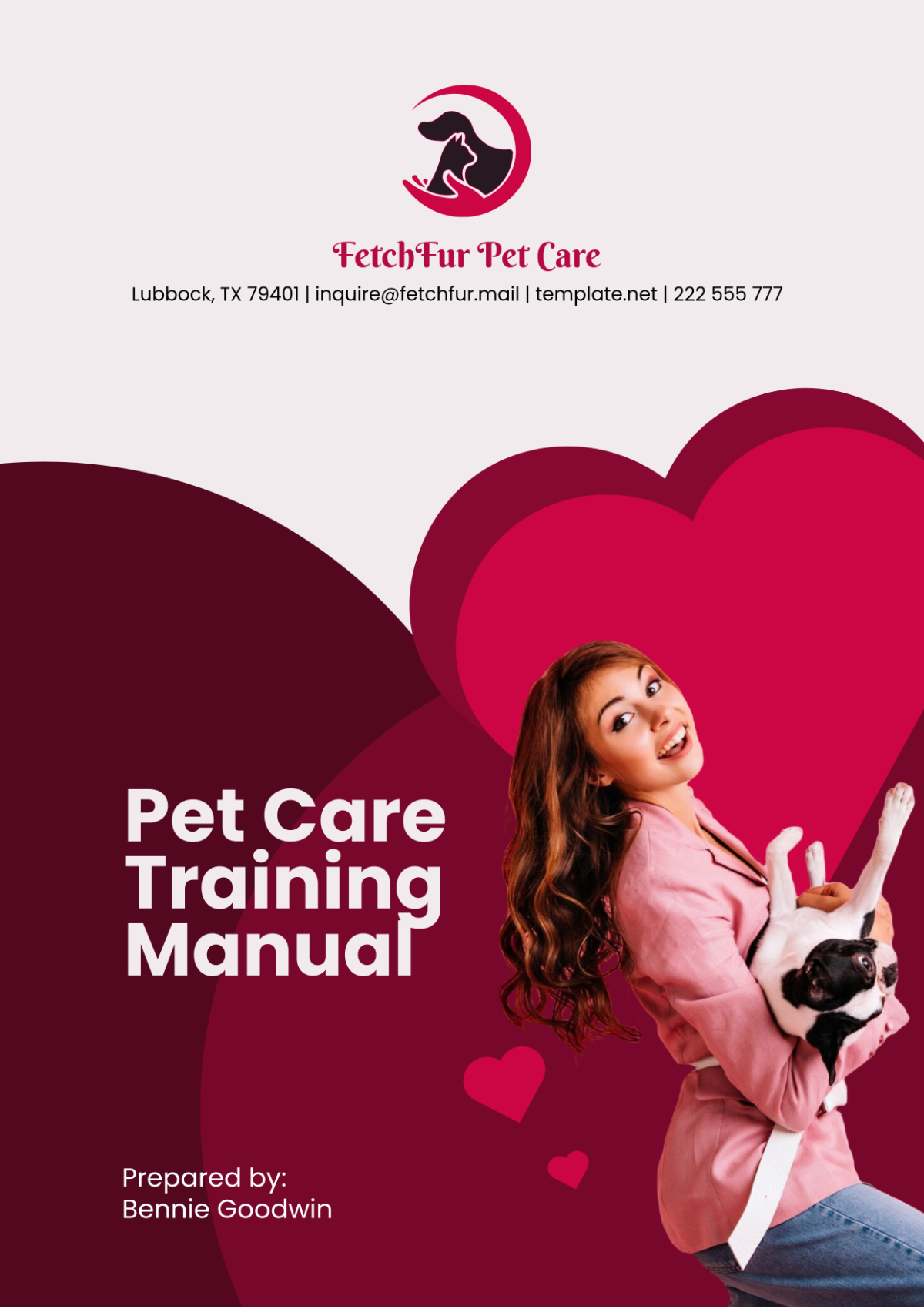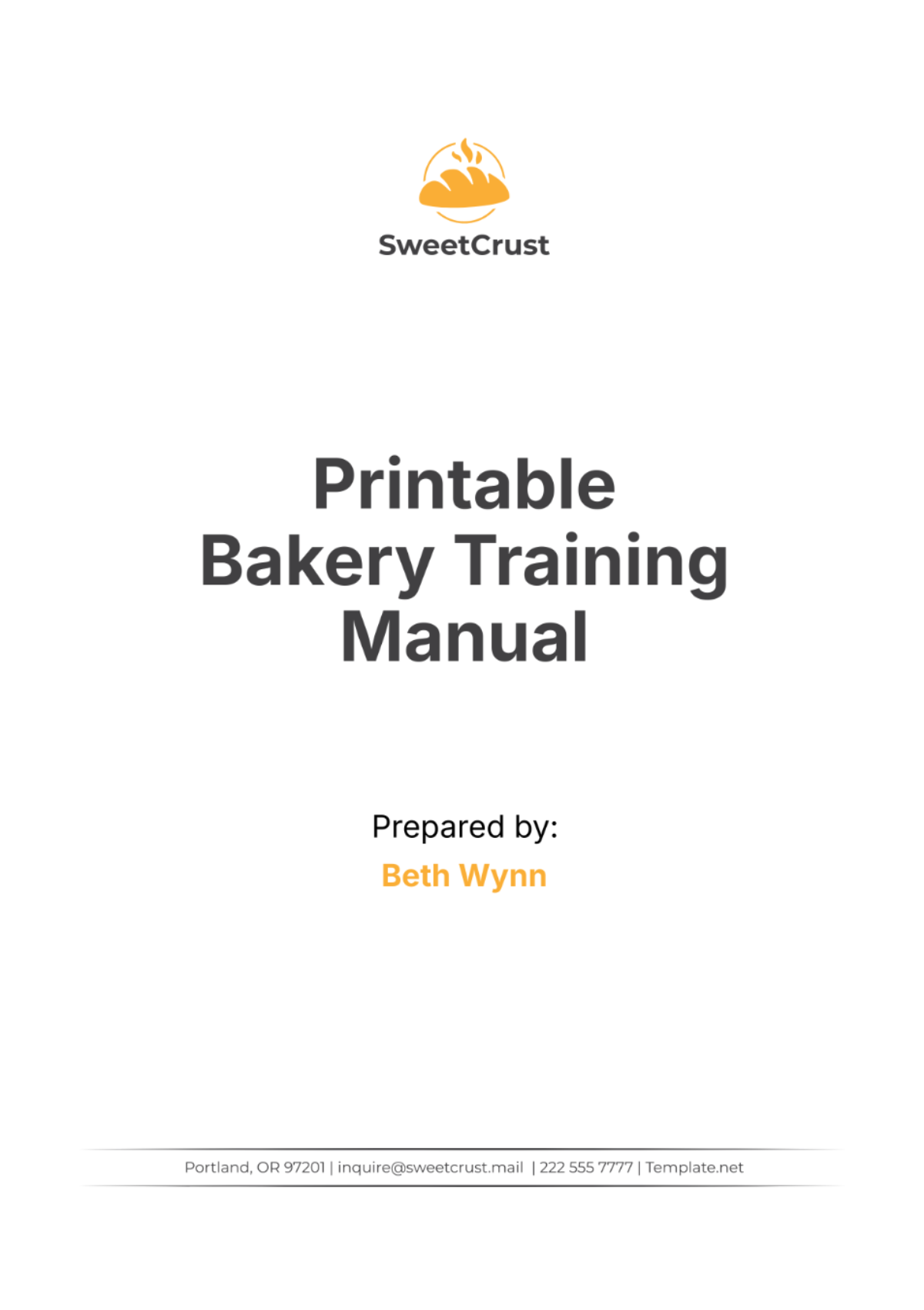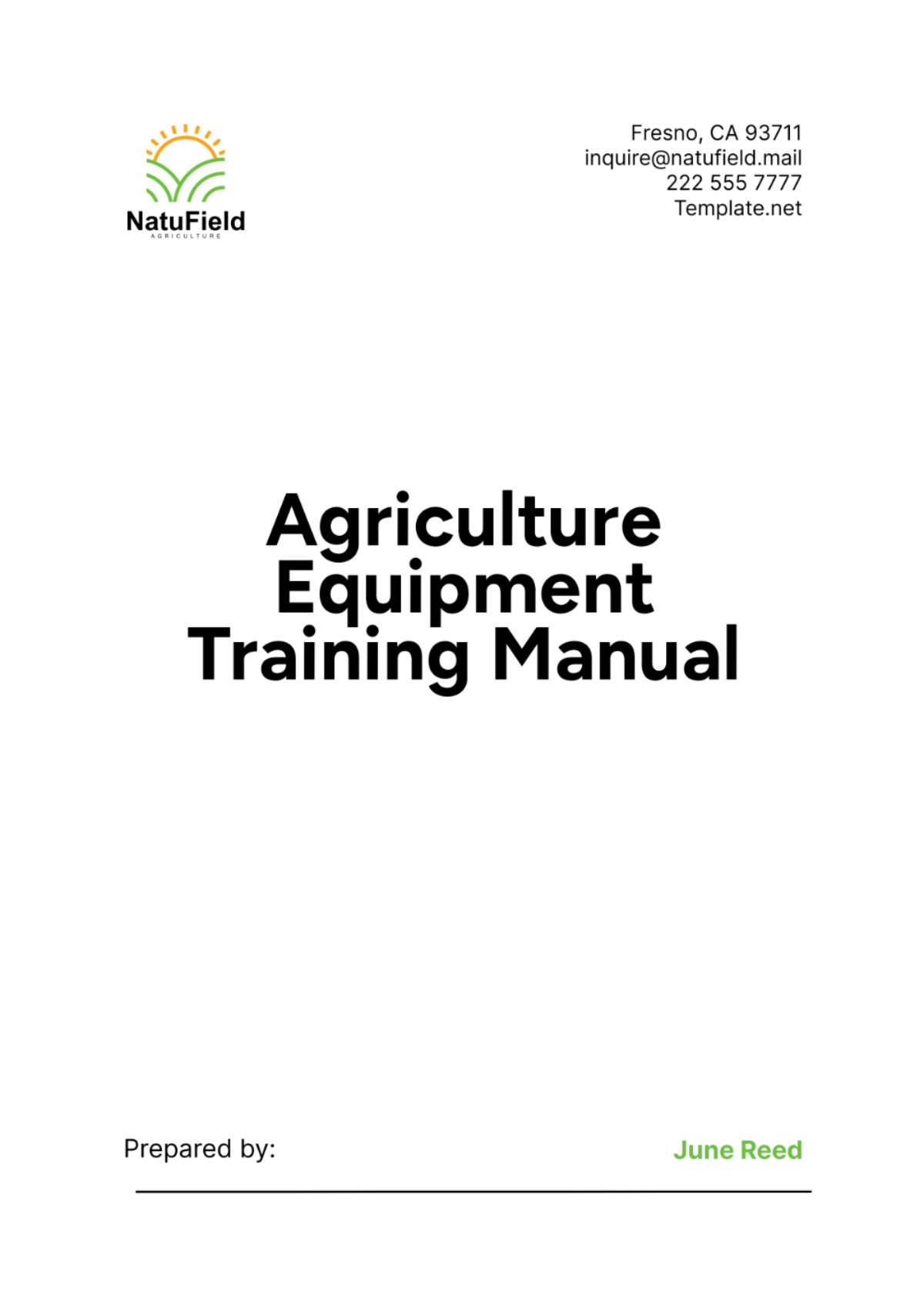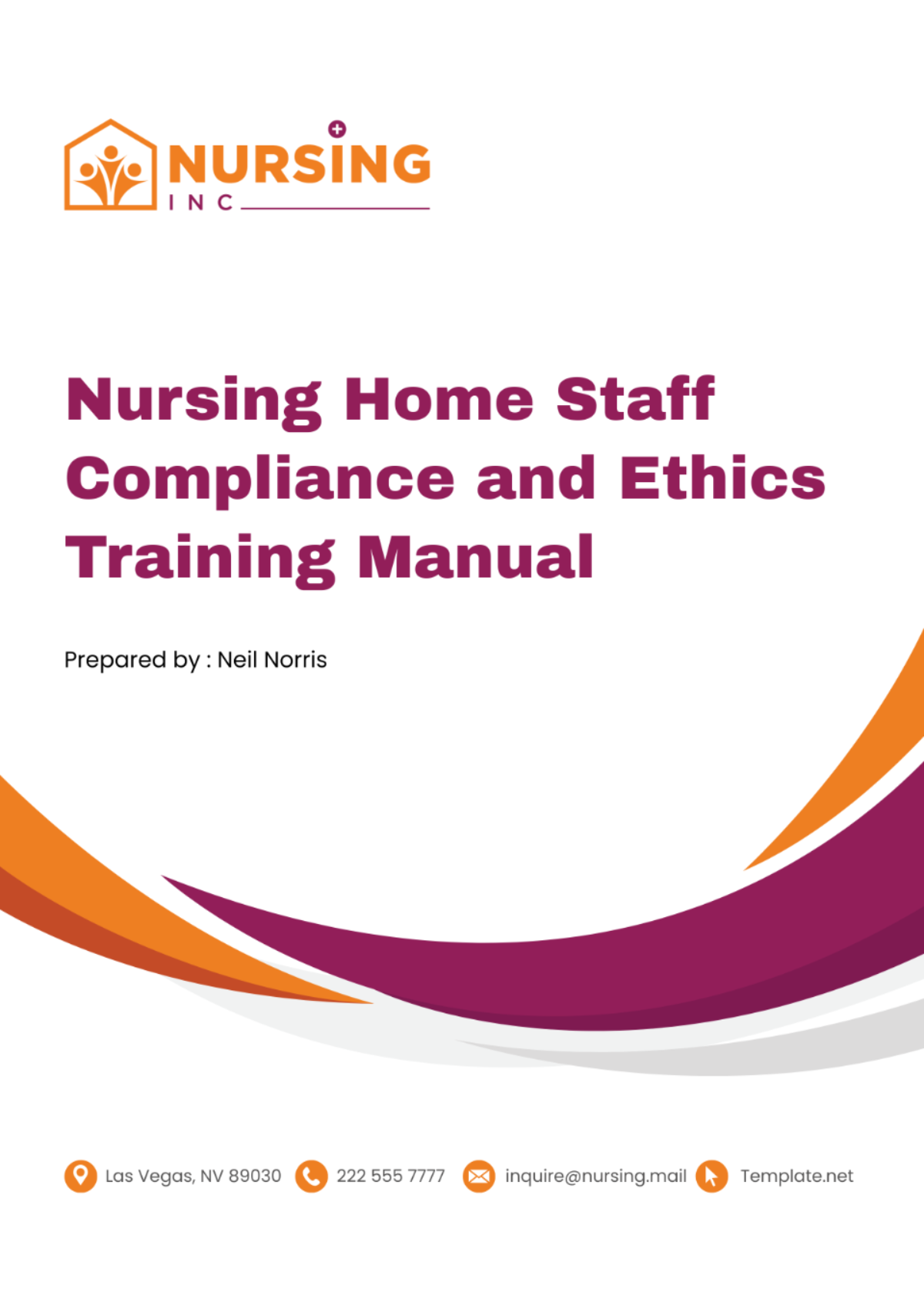Sales Training Manual For Customer Service Representatives
I. Introduction
A. Purpose
Overview
Welcome to the Sales Training Manual designed specifically for Customer Service Representatives (CSRs) at [Your Company Name]. This manual is intended to equip CSRs with the necessary skills and knowledge to effectively promote our products and services while providing exceptional customer service. By mastering the fundamentals of sales and understanding our product portfolio, CSRs will enhance their ability to meet sales targets and exceed customer expectations.
Objectives
The objectives of this manual are as follows:
Provide CSRs with a comprehensive understanding of the sales process.
Equip CSRs with product knowledge to confidently address customer inquiries and promote sales.
Enhance CSRs' communication and interpersonal skills to build strong customer relationships.
Empower CSRs with effective sales techniques to handle objections and close deals.
Ensure CSRs are proficient in utilizing sales tools and resources provided by the company.
Establish performance metrics and evaluation criteria to measure CSR effectiveness and identify areas for improvement.
II. Understanding Sales Fundamentals
A. Sales Process Overview
The sales process at [Your Company Name] follows a structured approach aimed at guiding customers from initial contact to final purchase. The key stages of the sales process are as follows:
Stage | Description |
|---|---|
Prospecting | Identifying potential customers through various channels such as leads, referrals, and networking events. |
Qualifying Leads | Assessing the needs and suitability of leads to determine their potential as viable customers. |
Presenting Solutions | Demonstrating how our products or services address the specific needs and challenges of the customer. |
Handling Objections | Addressing concerns or hesitations raised by customers to alleviate doubts and facilitate the decision-making process. |
Closing the Sale | Securing commitment from the customer to make a purchase, whether it's through a formal agreement, contract signing, or payment confirmation. |
B. Customer Relationship Management
Effective customer relationship management is essential for building trust, loyalty, and repeat business. CSRs should focus on developing strong relationships with customers through:
Building Rapport
Building rapport with customers establishes a foundation of trust and mutual understanding. CSRs should greet customers warmly, engage in friendly conversation, and demonstrate empathy towards their needs and concerns.
Active Listening
Active listening involves fully concentrating on what the customer is saying, understanding their perspective, and responding thoughtfully. CSRs should listen attentively to customer inquiries, concerns, and feedback to provide personalized assistance and solutions.
Understanding Customer Needs
To effectively address customer needs, CSRs must ask probing questions to uncover their pain points, preferences, and objectives. By understanding the customer's unique requirements, CSRs can tailor their recommendations and offerings to provide maximum value.
III. Product Knowledge
A. [Your Company Name] Product Portfolio
Product Features and Benefits
At [Your Company Name], we offer a diverse portfolio of products designed to meet the varying needs of our customers. Each product boasts unique features and benefits tailored to address specific challenges and deliver exceptional value. Here are some key products in our portfolio:
Product Name | Description | Key Features | Benefits |
|---|---|---|---|
[Product 1] | [Description of Product 1] | Advanced technology: Incorporates state-of-the-art [specific technology] to provide cutting-edge performance. | Improved efficiency and productivity: Empowers users to complete [specific task] faster and with greater accuracy. |
Robust construction: Built with high-quality materials and engineered for durability, ensuring reliability in demanding [specific environment]. | Long-lasting performance: Withstands heavy use and harsh conditions, maximizing the product lifespan and minimizing downtime. | ||
Intuitive user interface: Features an easy-to-use interface designed for [target users], reducing the learning curve and enhancing usability. | Reduced training time: Enables users to quickly familiarize themselves with the product, leading to faster adoption and proficiency. | ||
[Product 2] | [Description of Product 2] | High-definition display: Boasts a vibrant [specific resolution] display for stunning visuals and crisp image quality. | Enhanced viewing experience: Provides users with an immersive viewing experience, ideal for [specific use case] applications. |
Integrated [specific feature]: Seamlessly integrates [specific feature] functionality, enhancing versatility and connectivity. | Streamlined workflow: Facilitates seamless collaboration and communication, improving productivity and efficiency. | ||
Customizable settings: Offers flexible settings and options to tailor the product to individual preferences and requirements. | Personalized user experience: Allows users to customize their experience, resulting in greater satisfaction and usability. |
Competitive Differentiators
In a competitive market landscape, it's crucial to highlight the unique advantages of our products compared to those offered by competitors. Here are some key differentiators that set our products apart:
Competitive Advantage | Description |
|---|---|
Superior Quality | Our products are manufactured using the highest quality materials and undergo rigorous testing to ensure durability and performance. |
Innovative Technology | We leverage cutting-edge technology and industry-leading innovations to deliver products that are ahead of the curve in terms of functionality and features. |
Exceptional Customer Service | In addition to superior products, our commitment to providing exceptional customer service sets us apart from competitors, ensuring a positive experience for our customers at every touchpoint. |
Frequently Asked Questions (FAQs)
To assist CSRs in addressing common customer inquiries, we have compiled a list of frequently asked questions (FAQs) related to our products. CSRs can refer to these FAQs to provide accurate and timely responses to customer queries.
What are the warranty terms for [Product]?
Can [Product] be customized to suit specific requirements?
How does [Product] compare to similar products on the market?
What maintenance is required for [Product]?
Are there any financing options available for purchasing [Product]?
B. Demonstrating Product Value
Case Studies
Real-life case studies showcase how our products have solved specific challenges for our customers, providing tangible evidence of their effectiveness and value. CSRs can use these case studies to illustrate the practical applications of our products and build credibility with customers.
Testimonials
Testimonials from satisfied customers serve as powerful endorsements of our products, highlighting their positive experiences and outcomes. CSRs can share these testimonials with potential customers to instill confidence in our products and brand.
Sales Scripts
Sales scripts provide CSRs with structured guidelines and talking points to effectively communicate the value proposition of our products. By following these scripts, CSRs can engage customers in meaningful conversations and drive sales opportunities.
IV. Sales Techniques for Customer Service Representatives
A. Effective Communication Skills
Verbal Communication
Effective verbal communication is essential for CSRs to convey information clearly and persuasively to customers. Key elements of effective verbal communication include:
Clarity: Speaking clearly and concisely to ensure that customers understand the information being communicated.
Tone: Adopting a friendly and professional tone to build rapport and convey empathy.
Active Listening: Actively listening to customers to understand their needs and concerns fully.
Empathy: Demonstrating empathy towards customers' situations and concerns to build trust and rapport.
Non-verbal Communication
Non-verbal communication, including body language and facial expressions, plays a significant role in conveying messages and building rapport with customers. CSRs should pay attention to their non-verbal cues, ensuring they align with their verbal communication to convey sincerity and professionalism.
Body Language: Maintaining open and welcoming body language, such as smiling, making eye contact, and nodding, to convey engagement and attentiveness.
Gestures: Using appropriate gestures to emphasize points and convey enthusiasm without being overly animated or distracting.
Facial Expressions: Adopting friendly and approachable facial expressions to create a positive impression and build rapport with customers.
Written Communication
In addition to verbal communication, written communication skills are vital for CSRs to effectively communicate with customers via written channels such as email, chat, and social media. Key aspects of effective written communication include:
Clarity and Conciseness: Writing clear and concise messages to convey information efficiently and avoid misunderstandings.
Professionalism: Maintaining a professional tone and adhering to company guidelines for written communication to uphold the brand image.
Grammar and Spelling: Ensuring messages are free from grammatical errors and spelling mistakes to maintain professionalism and credibility.
Timeliness: Responding to customer inquiries promptly and within the expected timeframe to demonstrate attentiveness and dedication to customer service.
B. Handling Objections
Common Objections
CSRs frequently encounter objections from customers during the sales process. Some common objections include concerns about price, product features, or competitors. By anticipating and understanding these objections, CSRs can effectively address them and alleviate customers' doubts.
Overcoming Objections
To overcome objections, CSRs should employ various strategies, such as:
Providing additional information or clarification to address customers' concerns.
Offering solutions or alternatives to meet customers' needs and preferences.
Highlighting the unique value proposition of the product or service to differentiate it from competitors.
Using testimonials or case studies to provide social proof and build credibility.
By effectively addressing objections, CSRs can overcome customer hesitations and move closer to closing the sale.
C. Closing Techniques
Trial Closes
Trial closes involve asking customers for their opinion or feedback throughout the sales process to gauge their interest and readiness to make a purchase. By using trial closes, CSRs can assess customers' buying signals and adjust their approach accordingly to guide them towards the final decision.
Assumptive Closes
Assumptive closes involve assuming the sale and guiding customers towards the next steps without explicitly asking for their decision. CSRs can use assumptive closes by phrasing questions or statements in a way that assumes the customer's agreement or commitment, such as, "When would you like to schedule delivery?" or "Shall I proceed with processing your order?"
Summary Closes
Summary closes involve summarizing the key points of the discussion and confirming the customer's agreement before closing the sale. CSRs can use summary closes by recapping the benefits of the product or service, addressing any remaining concerns, and asking for confirmation before finalizing the transaction.
V. Sales Tools and Resources
A. CRM Software Training
Navigation
CSRs will undergo comprehensive training on navigating the CRM (Customer Relationship Management) software utilized by [Your Company Name]. This training will cover:
Accessing the CRM platform.
Navigating through different modules and sections.
Using search and filtering functions to locate customer information.
Understanding the layout and organization of customer profiles.
Data Entry
CSRs will learn how to effectively enter and update customer data in the CRM system. This training will include:
Inputting new customer information into the system.
Updating existing customer records with relevant details.
Ensuring accuracy and completeness of data entry.
Understanding data validation rules and guidelines.
Reporting
CSRs will be trained on generating and interpreting reports within the CRM software. This training will cover:
Running predefined reports to analyze sales performance, customer trends, and other key metrics.
Customizing report parameters to generate tailored insights.
Interpreting report data to identify opportunities for improvement and strategic decision-making.
Exporting and sharing reports with relevant stakeholders.
B. Sales Collateral
Brochures
CSRs will be provided with a variety of brochures and product literature to support their sales efforts. These brochures will contain:
Detailed information about [Your Company Name]'s products and services.
Key features, benefits, and specifications of each product offering.
Visuals such as product images, diagrams, and infographics to enhance understanding.
Contact information and calls to action for customers to learn more or make a purchase.
Presentations
CSRs will have access to presentation materials to assist them in delivering compelling sales pitches. These presentations will include:
Slide decks highlighting the value proposition of [Your Company Name]'s products and services.
Engaging visuals and multimedia elements to capture and maintain customer attention.
Scripted talking points to guide CSRs through the presentation and ensure consistency in messaging.
Customizable templates for tailoring presentations to specific customer needs and preferences.
Product Samples
CSRs may receive product samples or demonstration units to showcase [Your Company Name]'s offerings to customers. These samples will include:
Physical samples of select products for customers to see, touch, and experience firsthand.
Demo units equipped with interactive features or simulations to illustrate product functionality.
Guidelines for effectively demonstrating products and addressing customer inquiries during presentations.
Instructions for handling and maintaining product samples to ensure their longevity and usability.
VI. Role-Playing and Practice Scenarios
A. Mock Sales Calls
CSRs will participate in role-playing exercises to simulate real-world sales scenarios and practice their sales techniques. These mock sales calls will involve:
Pairing CSRs with colleagues or trainers to act out different roles, such as the CSR and the customer.
Following scripted scenarios or improvising based on common sales situations and objections.
Receiving feedback and coaching from trainers or peers on their performance, communication skills, and problem-solving abilities.
Iteratively refining their approach and incorporating feedback to improve their sales effectiveness over time.
B. Feedback and Coaching
CSRs will receive ongoing feedback and coaching to support their development and growth as sales professionals. This feedback and coaching will include:
Regular performance reviews and one-on-one meetings with managers or supervisors to discuss strengths, areas for improvement, and goal setting.
Constructive feedback on specific sales interactions, highlighting successes and opportunities for enhancement.
Coaching sessions focused on honing specific sales skills, such as objection handling, active listening, and closing techniques.
Access to resources, training materials, and professional development opportunities to further enhance their sales proficiency and career advancement potential.
VII. Performance Metrics and Evaluation
A. Key Performance Indicators (KPIs)
Sales Conversion Rate
The sales conversion rate measures the percentage of leads or prospects that result in successful sales transactions. CSRs' ability to convert inquiries and interactions into sales is a critical metric for evaluating their sales effectiveness and performance. The formula for calculating the sales conversion rate is:
Sales Conversion Rate= Number of Leads / Number of Sales × 100%
Average Handle Time
Average handle time (AHT) refers to the average duration of customer interactions, from the initial contact to resolution or completion. Monitoring AHT enables [Your Company Name] to assess CSRs' efficiency in handling customer inquiries and sales transactions. AHT can be calculated by summing the total duration of interactions and dividing it by the number of interactions.
Customer Satisfaction Score (CSAT)
The customer satisfaction score (CSAT) measures customers' satisfaction levels with [Your Company Name]'s products, services, and interactions with CSRs. CSAT surveys are often conducted following customer interactions to gather feedback and assess overall satisfaction. CSAT scores can be calculated based on responses to survey questions, typically on a scale of 1 to 5 or 1 to 10.
B. Performance Reviews
Regular Feedback Sessions
CSRs will participate in regular feedback sessions with their managers or supervisors to review performance, discuss progress towards goals, and identify areas for improvement. These feedback sessions will provide opportunities for CSRs to receive constructive feedback, ask questions, and address any challenges or concerns.
Individual Goal Setting
During performance reviews, CSRs will collaborate with their managers or supervisors to set individual performance goals aligned with [Your Company Name]'s sales objectives and KPIs. These goals may include targets for sales conversion rates, AHT, CSAT scores, and other relevant metrics. By setting clear and achievable goals, CSRs will have a roadmap for success and motivation to drive performance.
VIII. Conclusion
A. Summary of Key Points
This Sales Training Manual equips CSRs at [Your Company Name] with the necessary skills, knowledge, and resources to excel in their sales roles and deliver exceptional customer service. By mastering sales fundamentals, product knowledge, communication skills, and sales techniques, CSRs will be well-positioned to engage customers, overcome objections, and drive sales growth.
B. Next Steps for Ongoing Development
As CSRs continue their sales journey, it is essential for them to embrace a mindset of continuous learning and development. [Your Company Name] is committed to supporting CSRs' ongoing growth through additional training, coaching, and professional development opportunities. By staying proactive and dedicated to refining their skills, CSRs will maximize their potential and contribute to the continued success of [Your Company Name].
